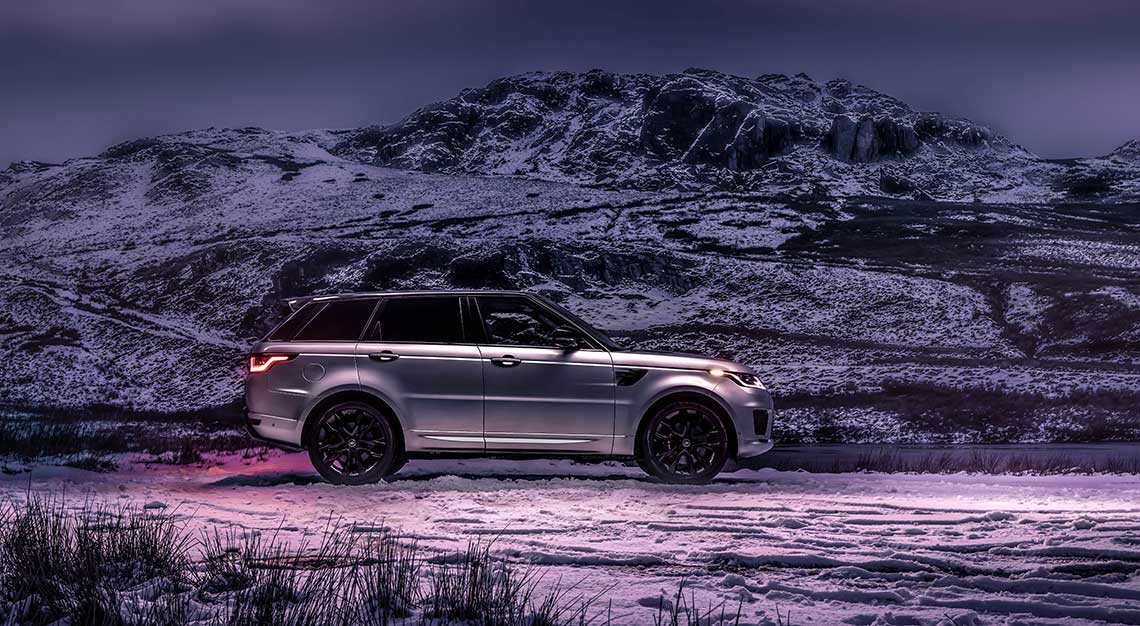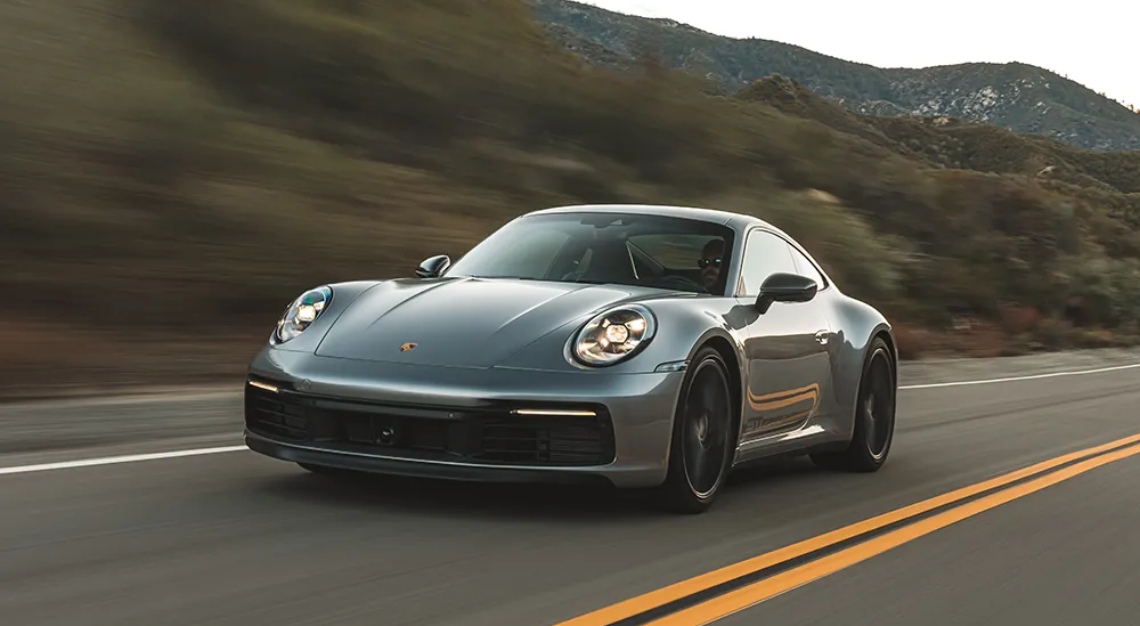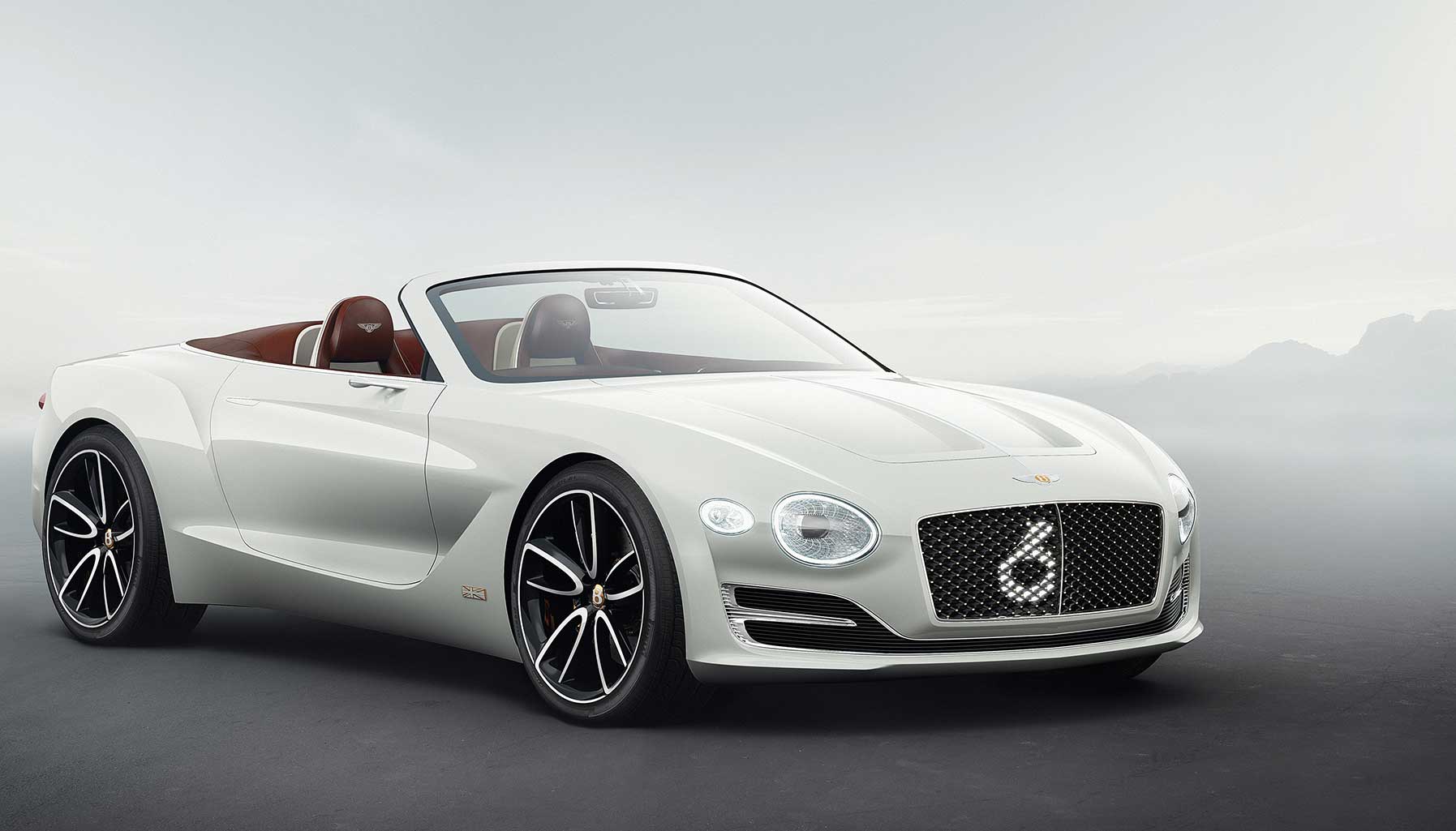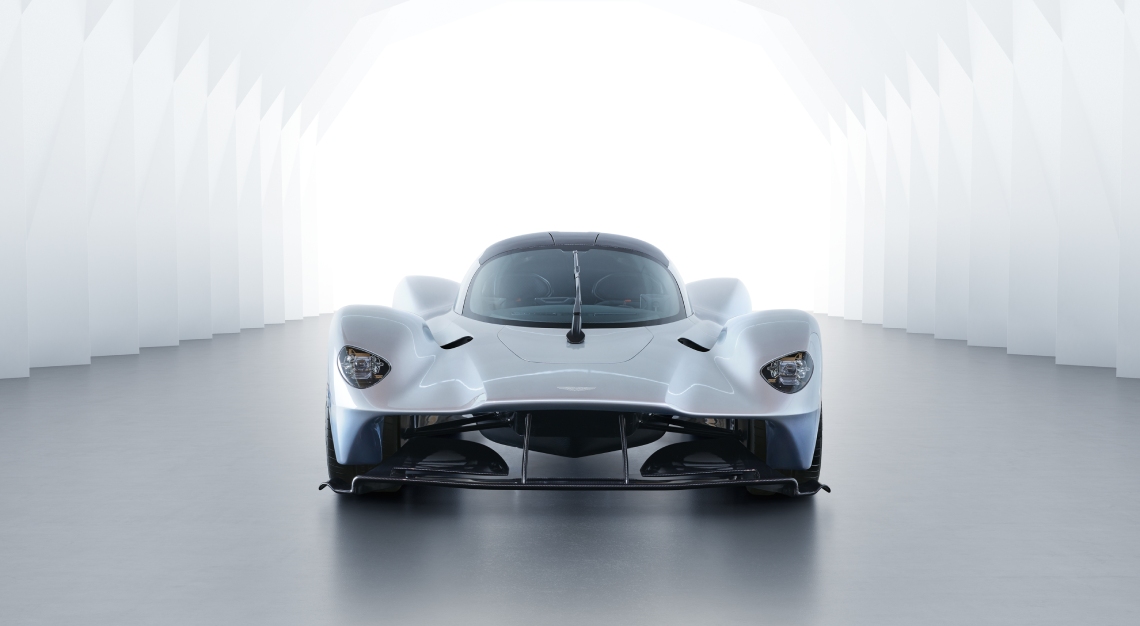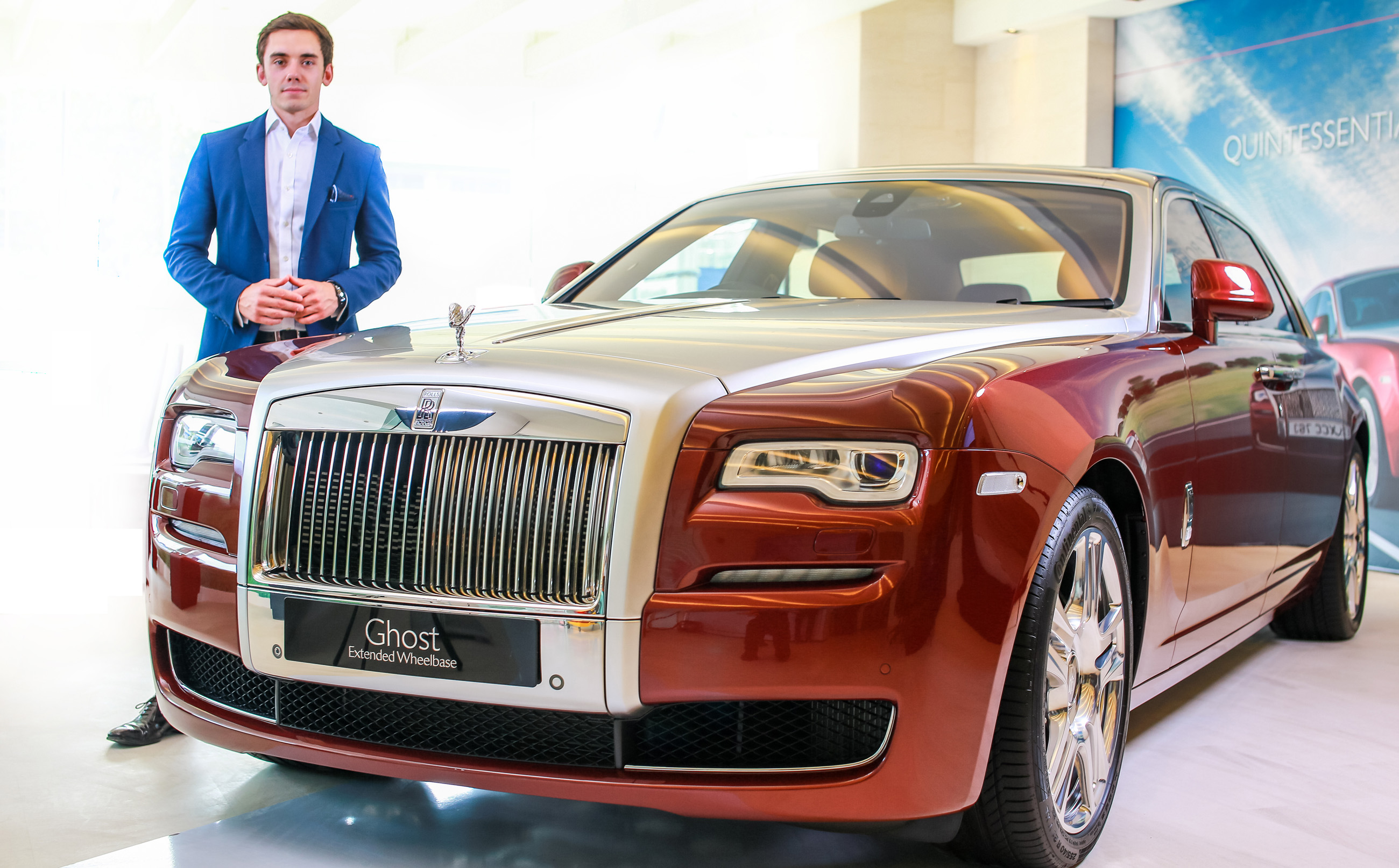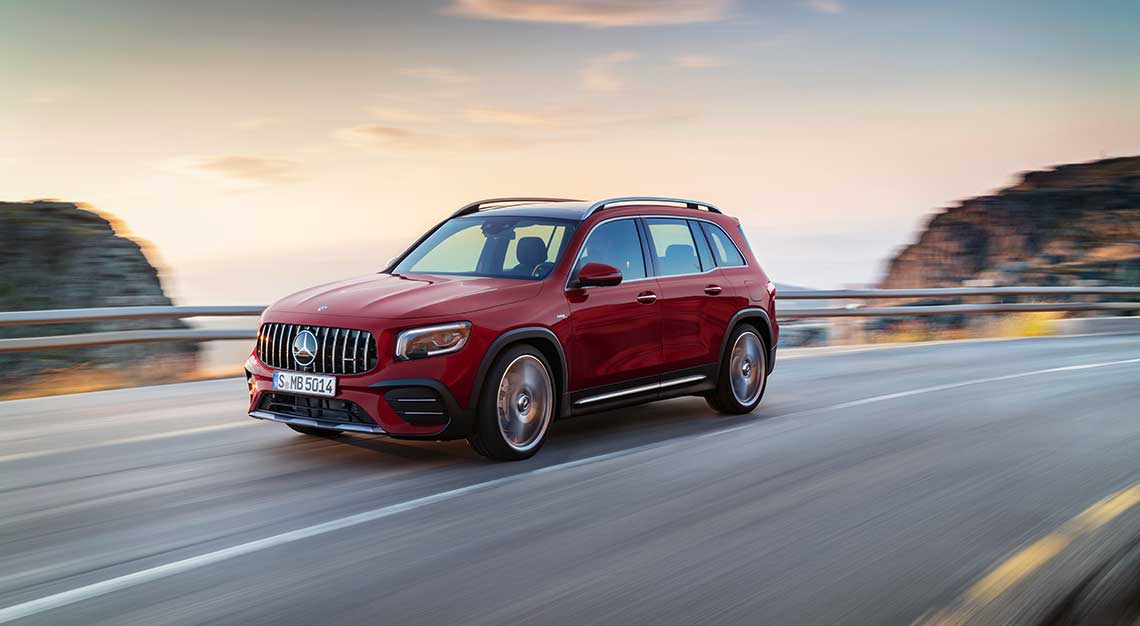Welcome to Flash Rides Friday, Robb Report Singapore’s weekly round-up of the newest cars that have just been launched in Singapore and around the world
In this week’s edition, we have the new Range Rover Sport HST. It’s not exactly new, and it’s not a refresh, but more a running change to a model that made its debut in 2013. What it brings to the table is a new straight-six engine with high-voltage mild hybrid architecture that’s all the rage these days (a sort of halfway house to a full plug-in hybrid), replacing the old V6 engines. The new model also slots in just below the lunatic Range Rover Sport Sport SVR, a car that competes with the Porsche Cayenne Turbo.

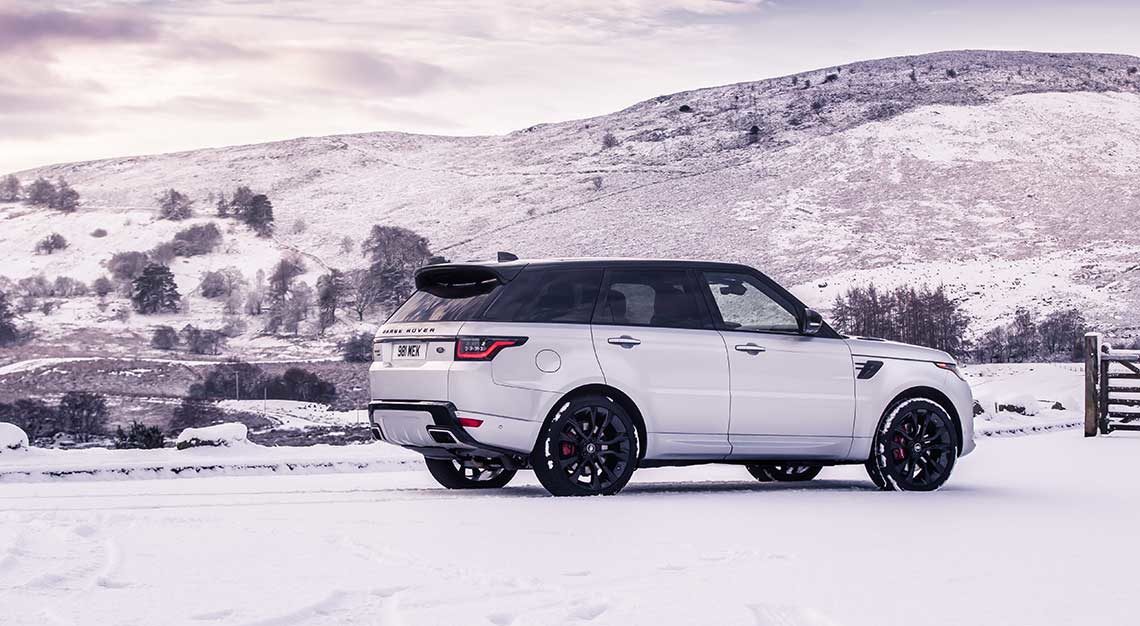

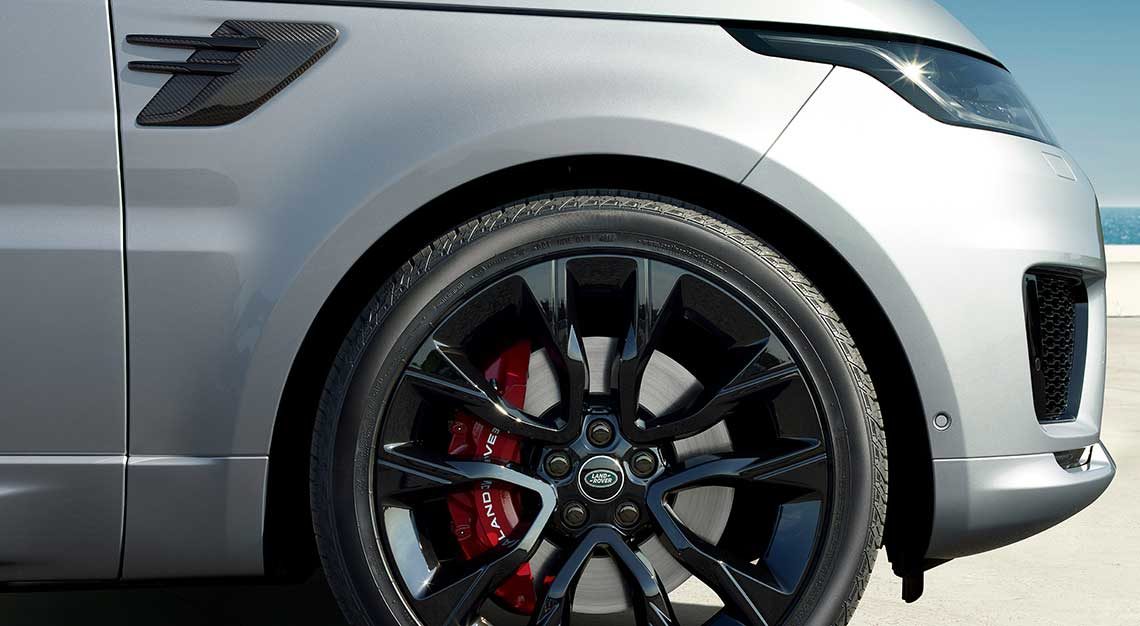
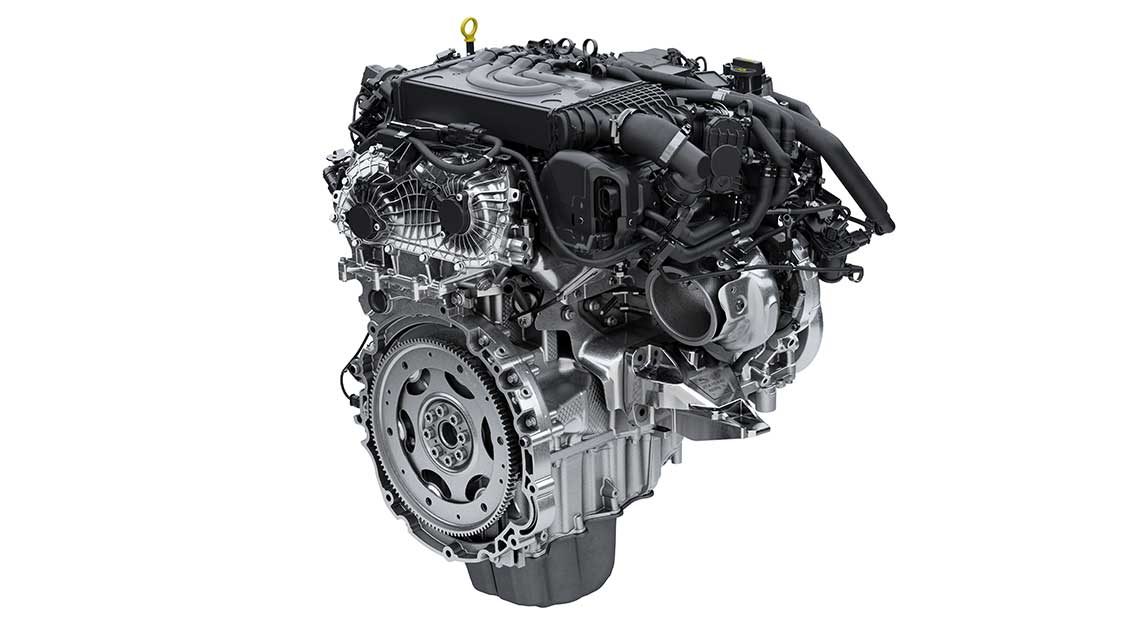
Range Rover Sport HST
What is it: The most affordable ‘proper’ Range Rover on sale today
Available: Now
Price: $382,999
Keeping track of the Range Rover Sport (not to be confused with the full-fat Range Rover Vogue) and its rapidly appearing-and-disappearing variants is tough. Since you’ve blinked in the second or two it’s taken you to read that above line, you’ve probably missed out on the plug-in hybrid and the 575hp monster truck that is the SVR.
The latest Range Rover Sport to join the lineup alongside the V6 diesel-powered one currently holding the fort solo is one powered by an all-new engine, a three-litre straight-six. Producing 400hp, the new variant also boasts a mild hybrid system is a sort of start-stop system with extended functionality.
The system scavenges energy from braking and feeds it into an underfloor battery. This energy can then be used to assist the combustion engine during acceleration, reducing fuel consumption.
The more interesting thing about the HST variant is, along with the mild hybrid system, a move to a 48v architecture. As with some newer and hotter Audis or Mercedes-Benz models, the high-voltage systems allow the use of an electric supercharger to virtually eliminate turbo lag, and the HST gets this too.
Other noteworthy details about the new six-cylinder Ingenium engine is how much it has in common with four-cylinder Ingenium engines. Again, this is a strategy adopted by a good deal of manufacturers in recent times to increase parts sharing (even across both petrol and diesel power plants) and decrease costs.
Outwardly, there isn’t much to tell the HST apart from lesser Range Rover models, apart from carbon fibre trim bits and if you so choose, glossy black wheels and red brake callipers. The inside features two-tone seats with Alcantara accents on the steering wheel and gear lever.
But we think the most significant thing about the HST is its price. At $382,999, it’s the most affordable route to ‘proper’ Range Rover ownership.
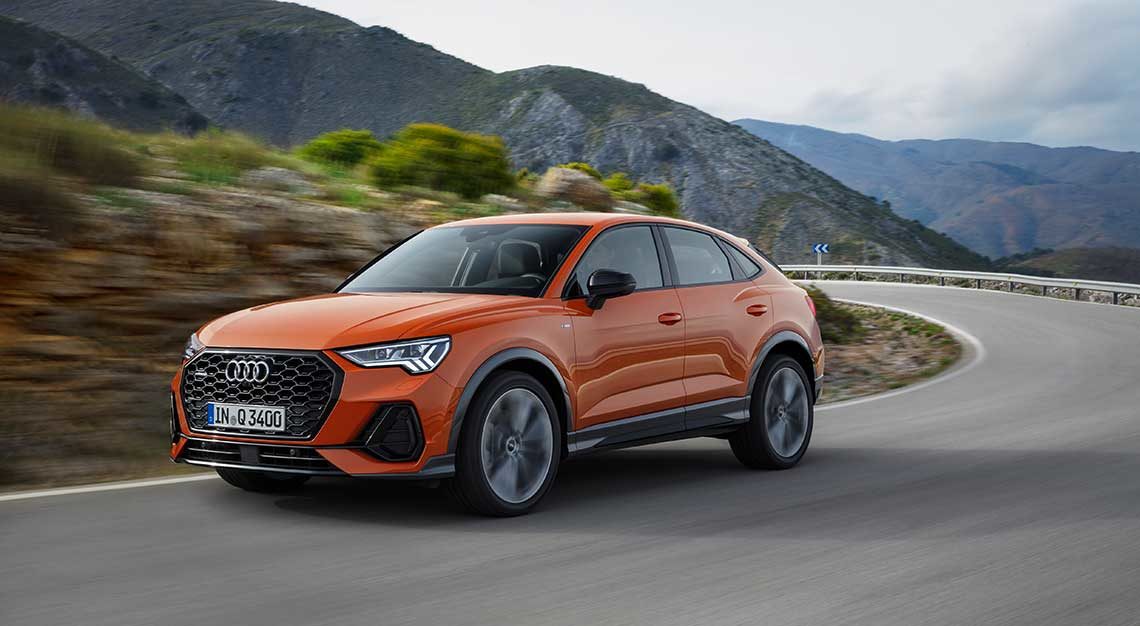
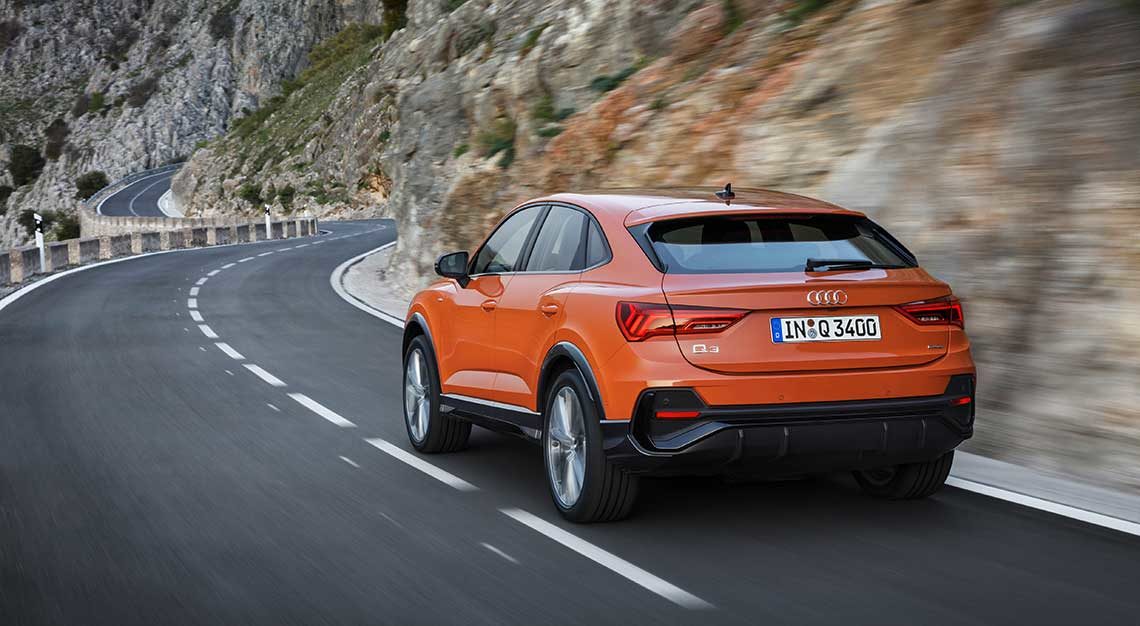
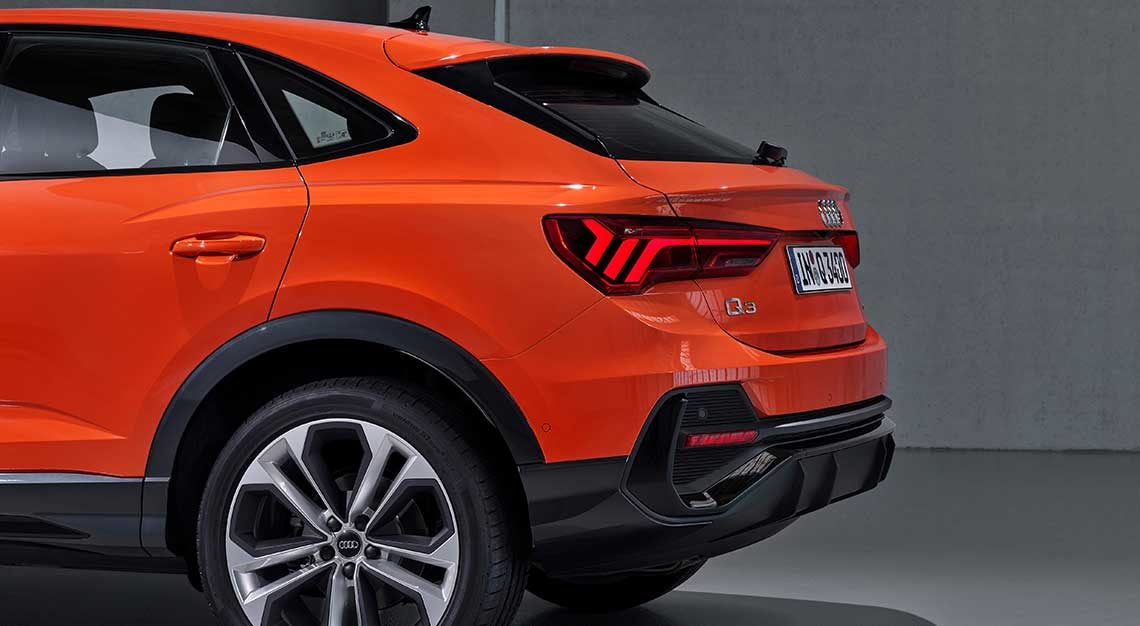
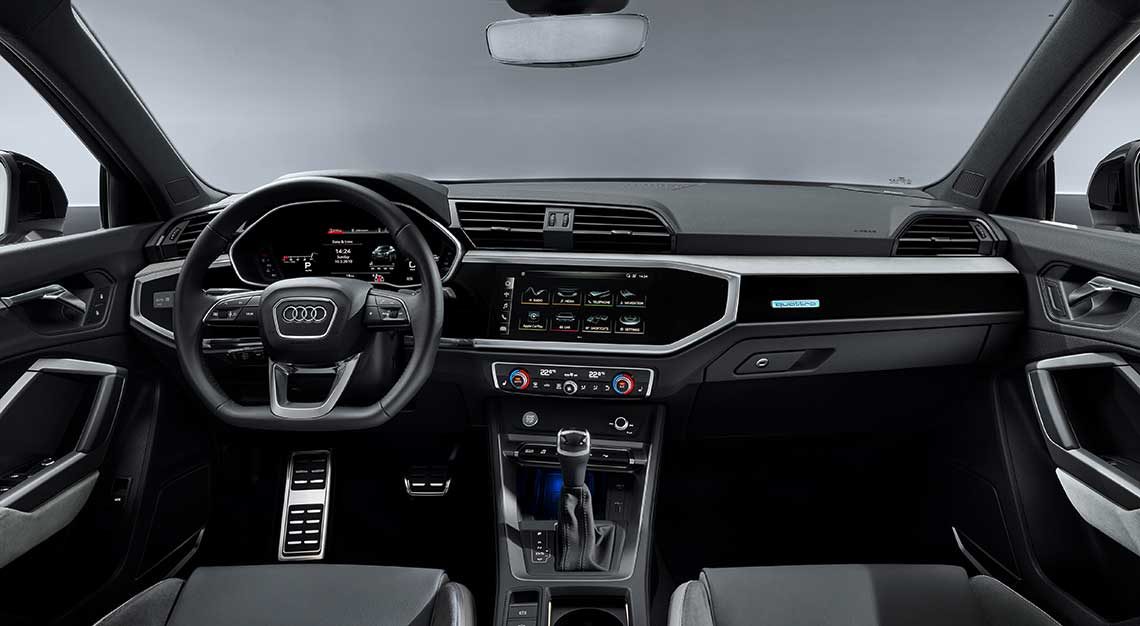
Audi Q3 Sportback
What is it: The coupe-SUV fraternal twin of the Audi Q3
Available: Q4 2019/Q1 2020
Price: To be announced
The most interesting thing to note about the new Audi Q3 Sportback, the coupe-SUV fraternal twin of the Q3, is its name. The Sportback nameplate is used ubiquitously throughout the Audi range, but its full-sized coupe-SUV is called the Q8 and not the Q7 Sportback.
At any rate, the Q3 Sportback fulfils the ‘Sport’ part of its moniker with a three-dimensional honeycomb grille, in contrast to the vertical chrome slats on the standard Q3. The new SUV also has chunkier, more angular wheel arches and of course, the ‘sport back’ itself.
The terminus of the lower, more sloping roofline (the car is around 3cm lower overall) is a more squared-off tail section featuring a more aggressive rear diffuser, shorter rear windscreen and without the jutting rear bumper ‘chin’ that regular Q3s have.
In keeping with the sporty theme, the compact crossover comes standard with a variable-ratio steering rack and firmer, uprated sports suspension.
Elsewhere, the Q3 Sportback is virtually identical to the Q3, particularly in its interior. Though the former gets a flat-bottomed steering wheel, because nothing screams sporty more than a wheel that isn’t completely round all the way through. Interestingly enough, its 530-litre boot is unchanged over the Q3, but you will have to do with slightly less space once the rear seats are down, at 1,400 litres over 1,525 litres.
As befitting the racy brief, the Q3 Sportback will only be available in 45 TFSI trim, which means a two-litre engine with 230hp at launch. A lower powered variant, equipped with mild hybrid technology will follow in due course.
No local pricing as yet, but if European pricing is any gauge, the Q3 Sportback will incur a relatively modest five per cent upcharge over the regular Q3.
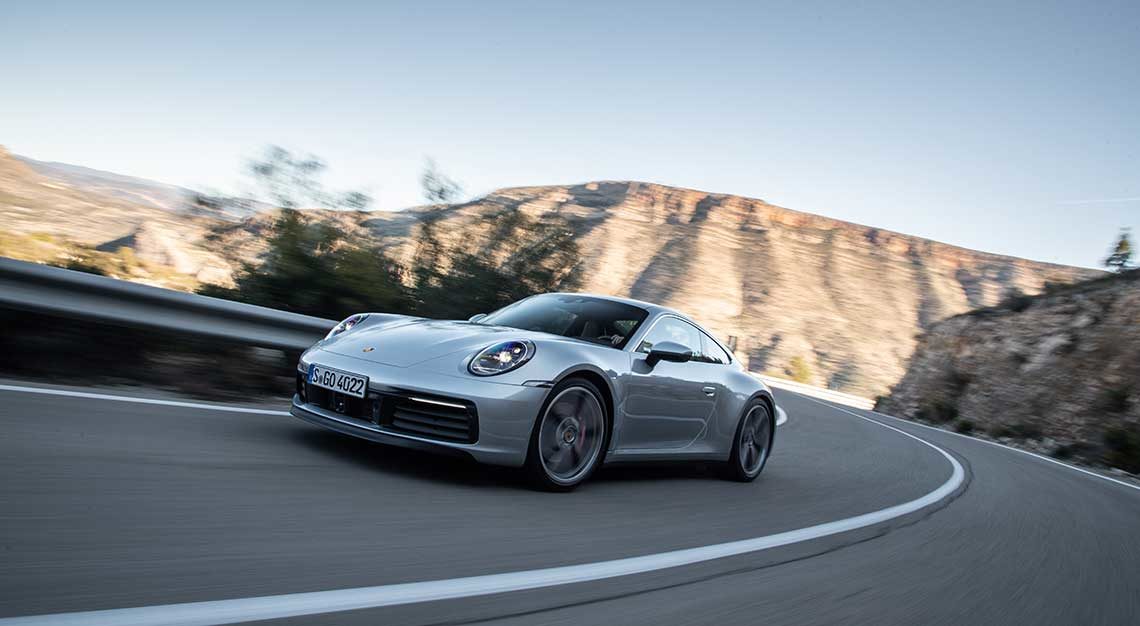
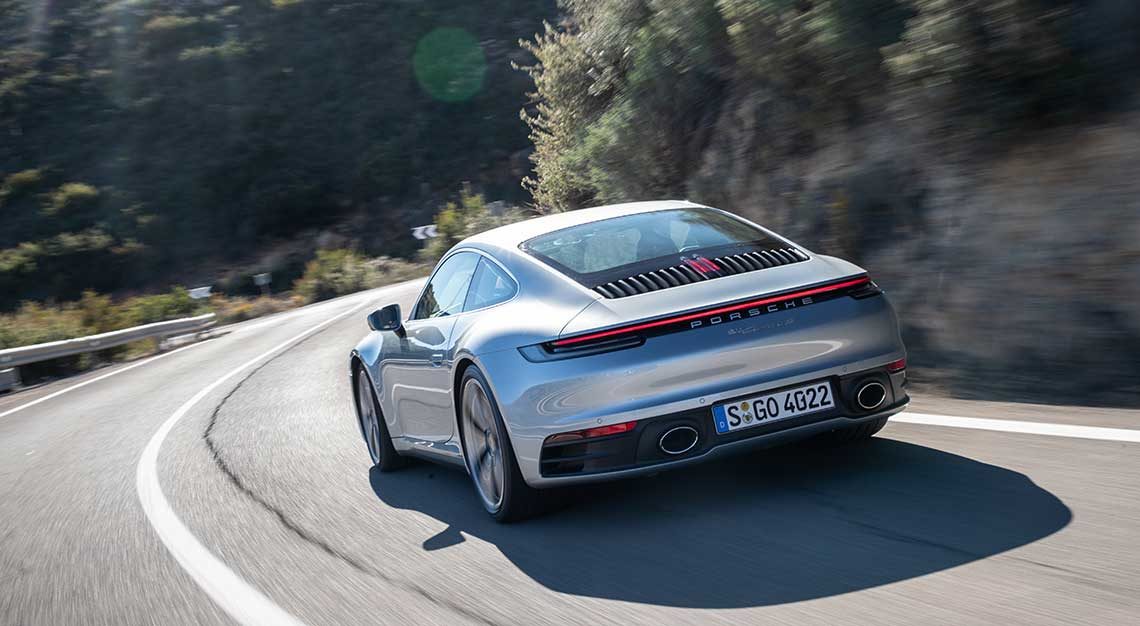
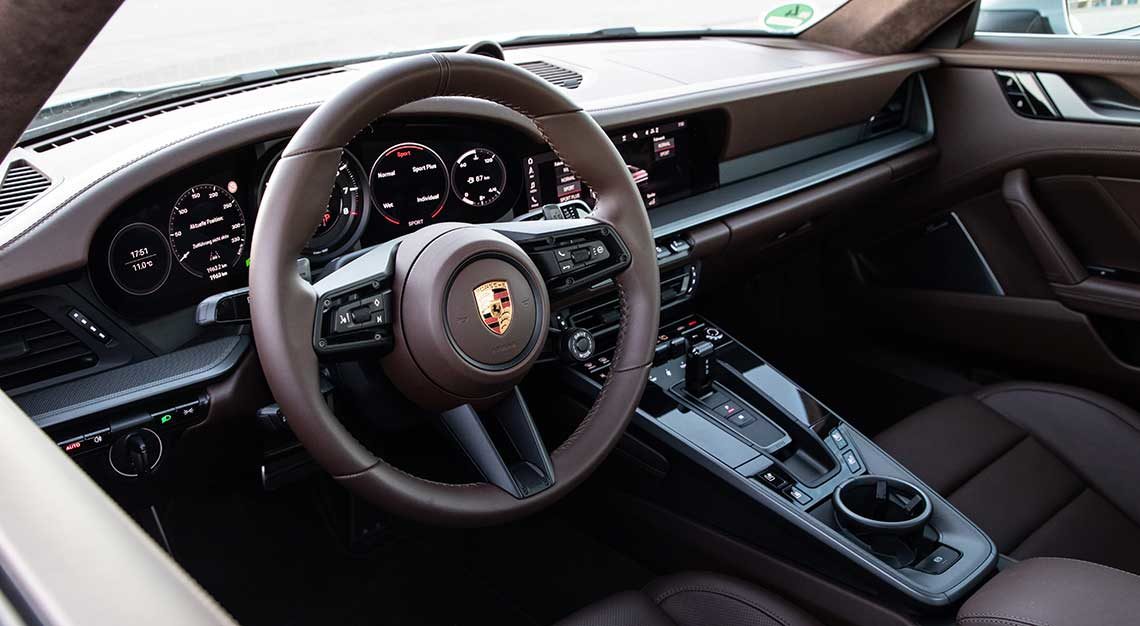
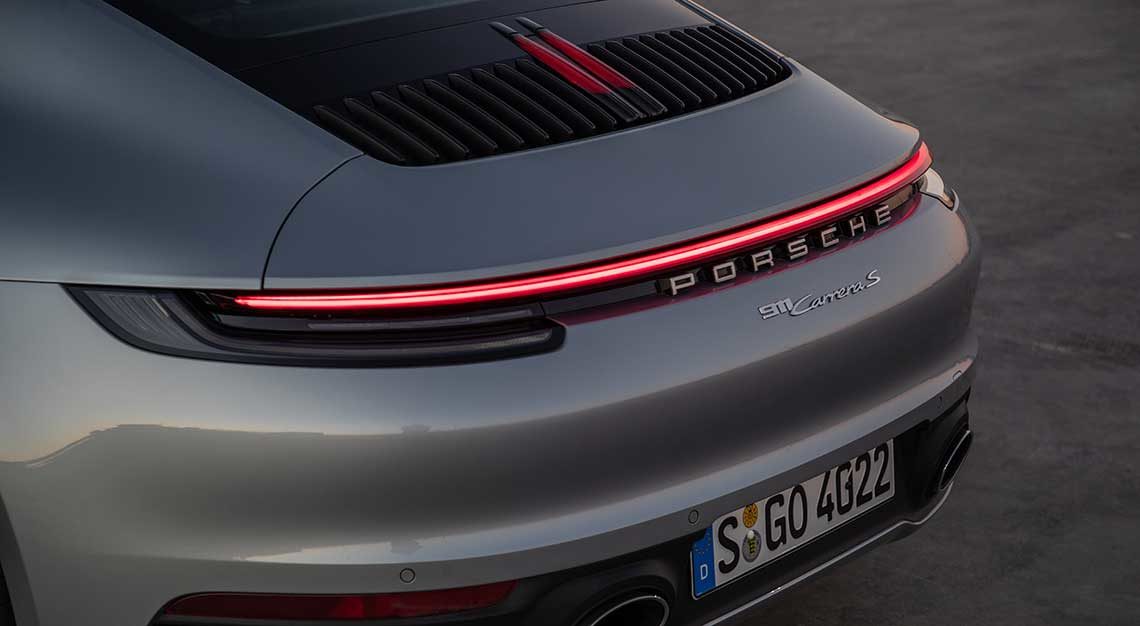
Porsche 911
What is it: The eighth coming of what is the definitive sports car
Available: Now
Price: From $546,588 (without COE)
Say hello to the new Porsche 911, same as the old Porsche 911. We kid, we kid.
But in a sense, not really, though it still looks like a 911. Those round headlights are still there, its roofline virtually unchanged and its rump is still rounded, but then again, it has to. Remember how loud the Porsche faithful screamed when the 996-generation introduced those ‘fried egg’ headlights?
Yes, so the new eighth-generation car is still instantly recognisable as a 911, though it does contain a number of retro-styling cues. Its squared-off bonnet with a pair of deep grooves cut into it and its slatted engine lid recalls the much-loved air-cooled 911s of generations past.
Its interior also carries a number of retro-styling touches. The straight dashboard with its flat, vertical fascia and minimalist styling is also said to draw inspiration from Porsche 911s of the 1970s.
Of course, the new 911 is bang up to the minute in terms of technology. Its skin is almost completely made of aluminium, LED headlights now come as standard and there’s a very of-the-moment LED light bar just below its full-width deployable rear spoiler. A 10.9-inch touchscreen infotainment system dominates the interior of the cabin, with a pair of frameless screens acting as the instrument cluster flanking the analogue rev counter.
Available only in wide-body form (a trait previously only available to the Carrera S variants and up), the new 911 can be had in Carrera and Carrera S trims, in both rear-wheel-drive and all-wheel-drive formats. Cabriolet versions of all the above will also follow in due course.
In addition to all that, the new car is stupendously quick. The Carrera S and Carrera 4S have three-litre flat-six engines that develop 450hp (30hp more than before), and will complete the century sprint in 3.7 seconds and 3.6 seconds respectively. Priced from $546,588 for the Carrera S, the Carrera 4S will cost from $584,088.
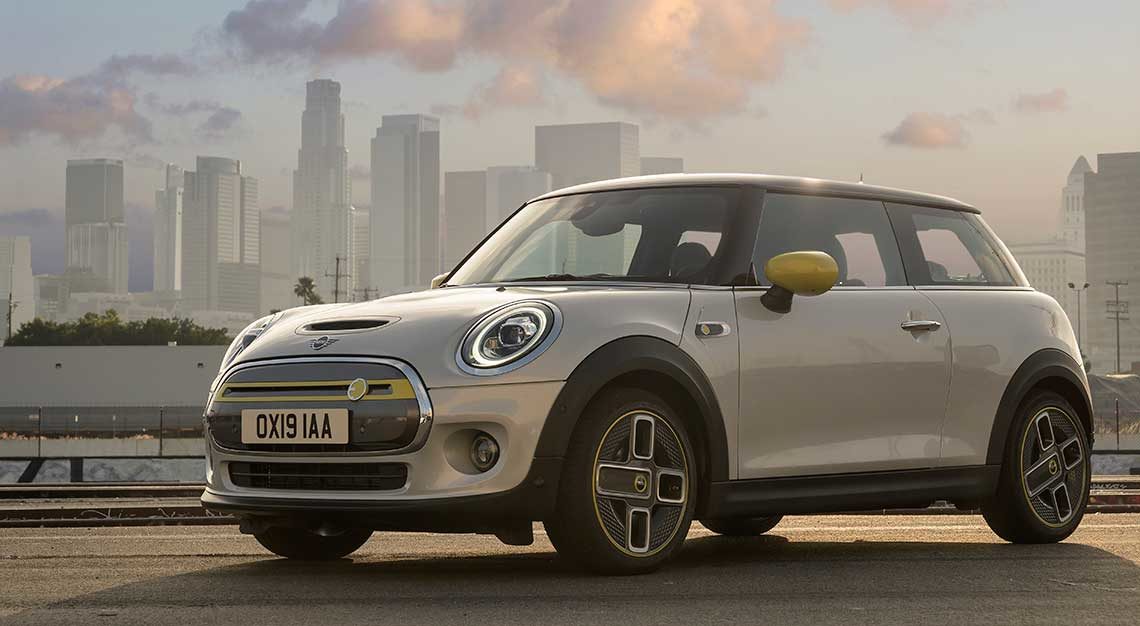
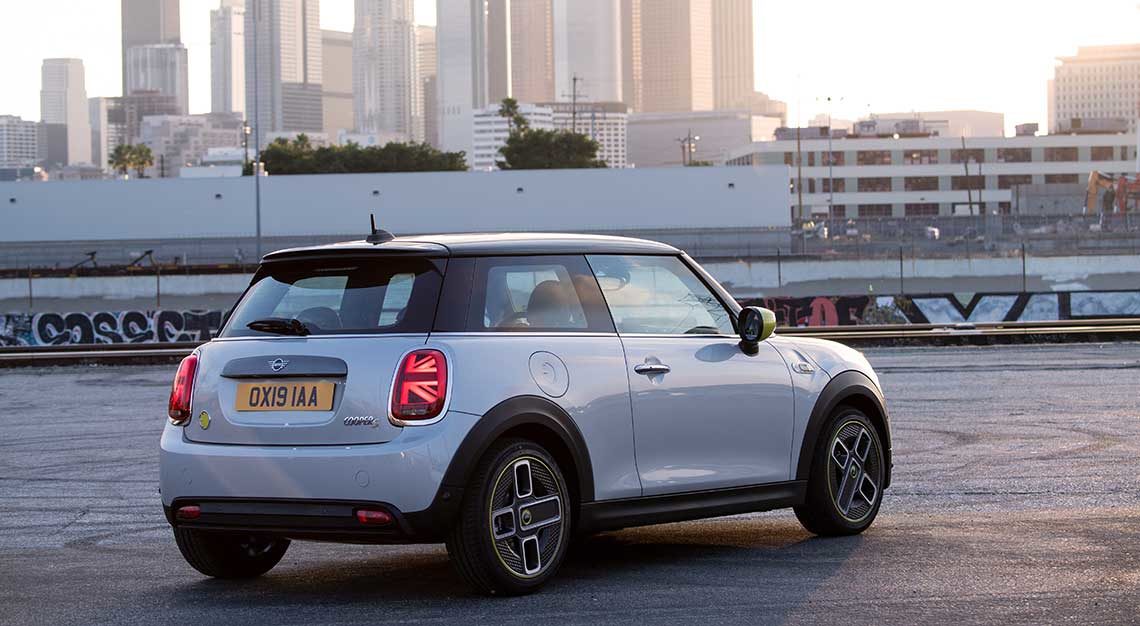
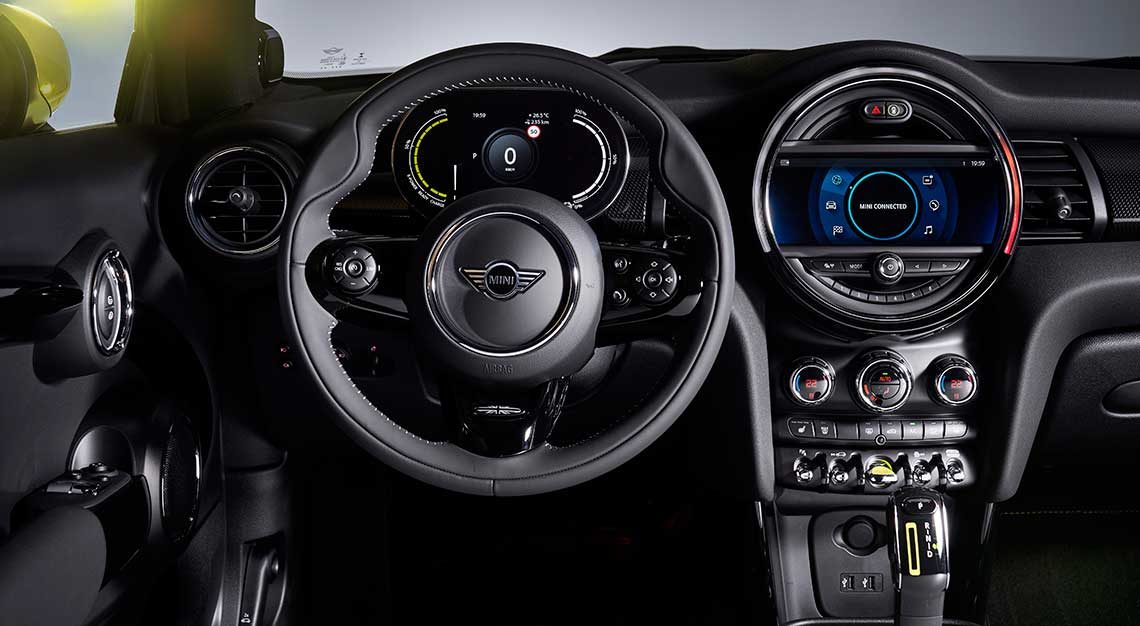

Mini Cooper SE
What is it: The Porsche Cayman and Boxster for the convinced purist
Available: To be announced
Price: To be announced
The all-new, all-electric Mini has just been announced, and if you’ve been following the carmaker’s shenanigans thus far, you might be wondering what’s taken it so long. As far back as 2009, it released over 500 Mini E(lectric) cars as part of a global public trial lasting a little under two years.
In the ensuing decade since the original electric Mini was loosed upon the world, the electric car has gone from an experimental novelty to something embraced by mainstream carmakers. And while it hasn’t yet been fully embraced by the most important group of all – the mainstream consumer – you can’t deny that great strides have been made in electric vehicle technology.
Though it’s not in the drivetrain and battery front. The new Mini Cooper SE’s electric motor develops 184hp over the Mini E’s output of 204hp, representing a step backward for the new car. Against the previous electric Mini’s range of around 150km, the new Mini Cooper SE boasts a range claimed to be between 235km and 270km. Gains, but not dramatic ones.
However, the Mini Cooper SE’s biggest nod toward modernity is in its practicality. To house the batteries, the Mini E did away with its rear seats (no, seriously) and had a laughably tiny 60-litre boot, to say nothing of how the heavy, high-mounted batteries extracted a heavy toll on its dynamic ability.
Or the fact that the Mini E suffered from chronic thermal management issues, where users reported a greatly diminished range when the weather got particularly hot or cold.
In the new Cooper SE, the batteries are housed in the floor pan, which not only greatly lowers its centre of gravity, but also frees up interior space. Rear seat legroom is unchanged over regular Minis (though you probably still don’t want to keep occupants there too long), as is its 211-litre boot.
The Cooper SE is slated for a global launch in 2020, though as of yet, it is unclear if Singapore will receive the car, according to local BMW sources.
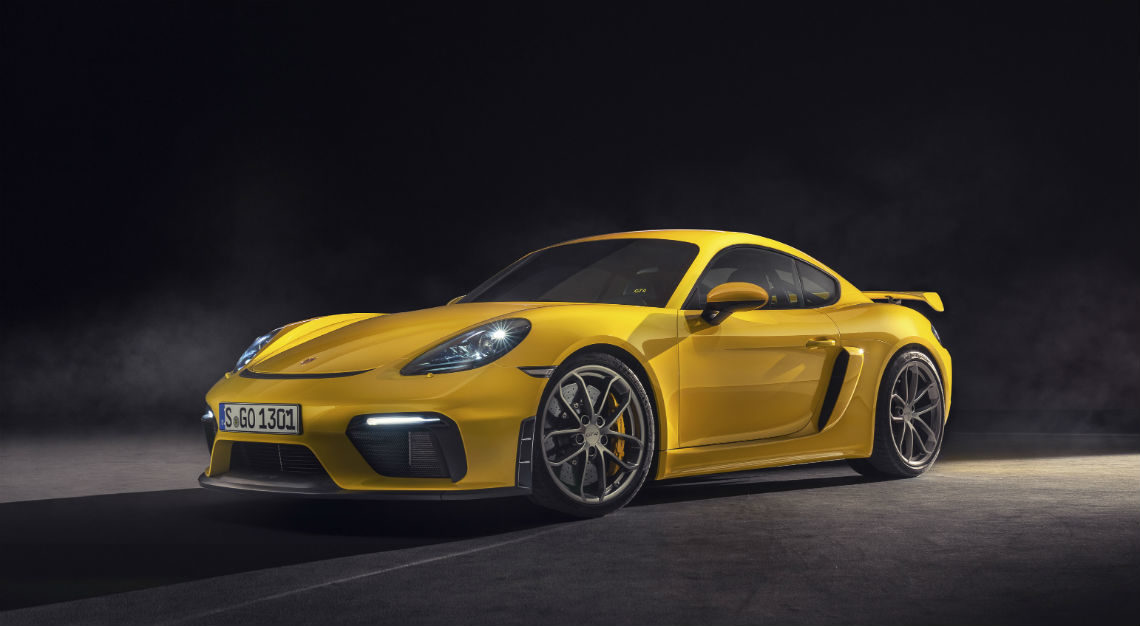
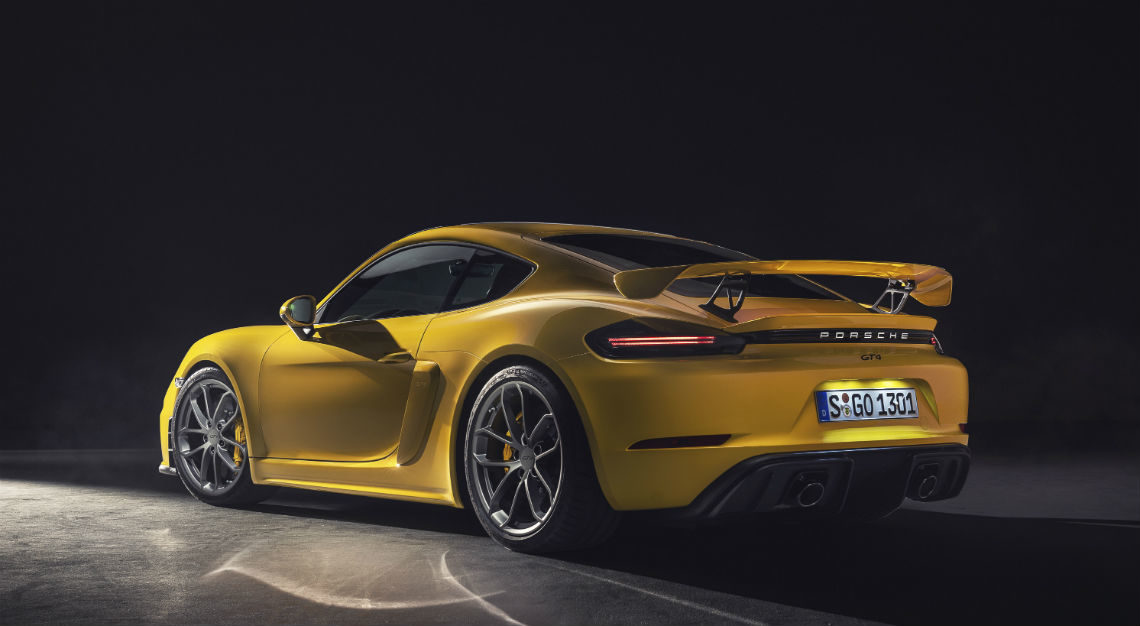

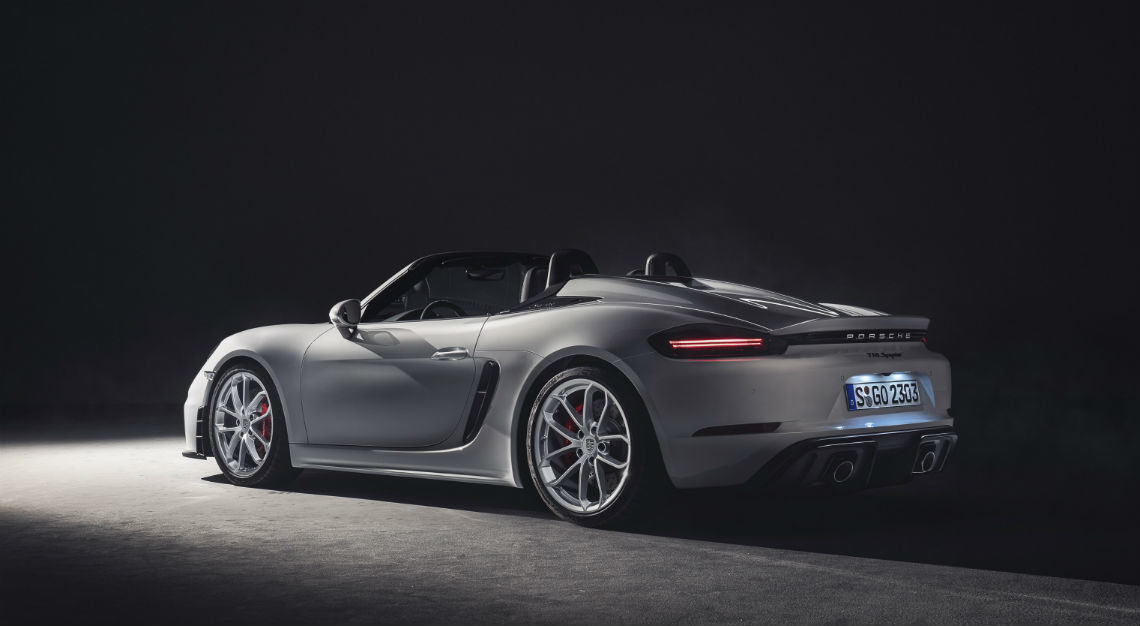
Porsche 718 Cayman GT4 or Porsche 718 Spyder
What is it: The Porsche Cayman and Boxster for the convinced purist
Available: Q4 2019
Price: To be announced
For the discerning purist, that is to say, the people who buy Porsches for the way they drive and not for the badge on its nose, the Cayman and Boxster have always been the go-to choice.
That driver-focused lustre might have diminished somewhat with when both models received a midlife refresh, gaining the ‘718’ appellation (a reference to the carmaker’s lightweight race car from the late 1950s) and turbocharging across the board.
While decent enough, the 718 Cayman and 718 Boxster’s forced-induction motors weren’t a patch on the free-revving units put into the non-718 models.
But never fear, because Porsche’s Motorsport department – the people responsible for its race cars and reality-altering GT-badged road cars (911 GT3, 911 GT3 RS and 911 GT2 RS) – has seen fit to remove the turbo from the two models.
Specifically, the 718 Cayman GT4 and 718 Spyder (it loses the Boxster badge) gets a four-litre flat-six engine with 420hp. That engine is derived from the three-litre turbocharged engine used in the current 911 Carrera, but with the turbine removed and increased displacement.
As with previous GT4 and Spyder models, the only transmission option available to the pair is a six-speed manual. But unlike the previous Spyder model that had a 10hp power deficit (for reasons unknown), this one achieves a power output parity with the GT4.
Differences between the pair of fraternal Porsche Motorsport Twins are mainly on its exterior. The 718 Cayman GT4 gets aggressive, track-ready body styling that includes a fixed rear wing, enlarged side air intakes and redesigned rear diffuser. The sum total of the changes is it now produces 50 per cent more downforce without any penalty to drag against its predecessor, according to Porsche.
The 718 Spyder retains the retro-styled convertible styling of its two predecessors, but it also now includes a rear spoiler that is automatically deployed at speeds of over 120km/hr. The car also has an identical rear diffuser to the 718 Cayman GT4, and Porsche says this contributes to the 718 Spyder being the first Boxster model in history to generate downforce at the rear axle.
Prices for the Singapore market have yet to be announced, but if past experience is anything to go by, expect at least a 20 per cent premium over the top-rung 718 Cayman GTS and 718 Boxster GTS.
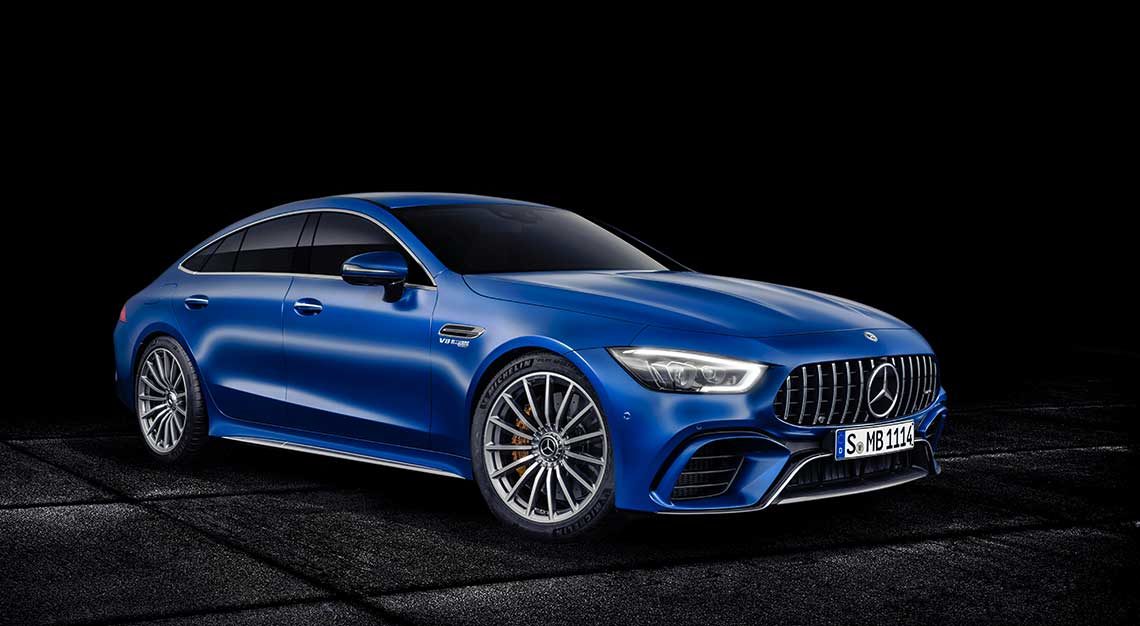
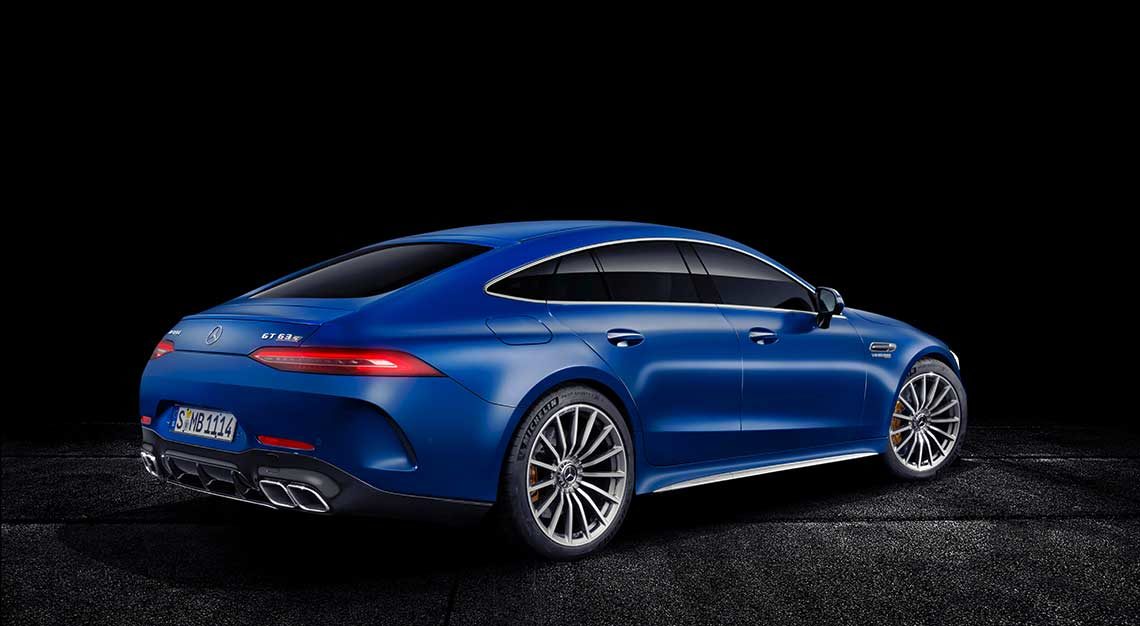
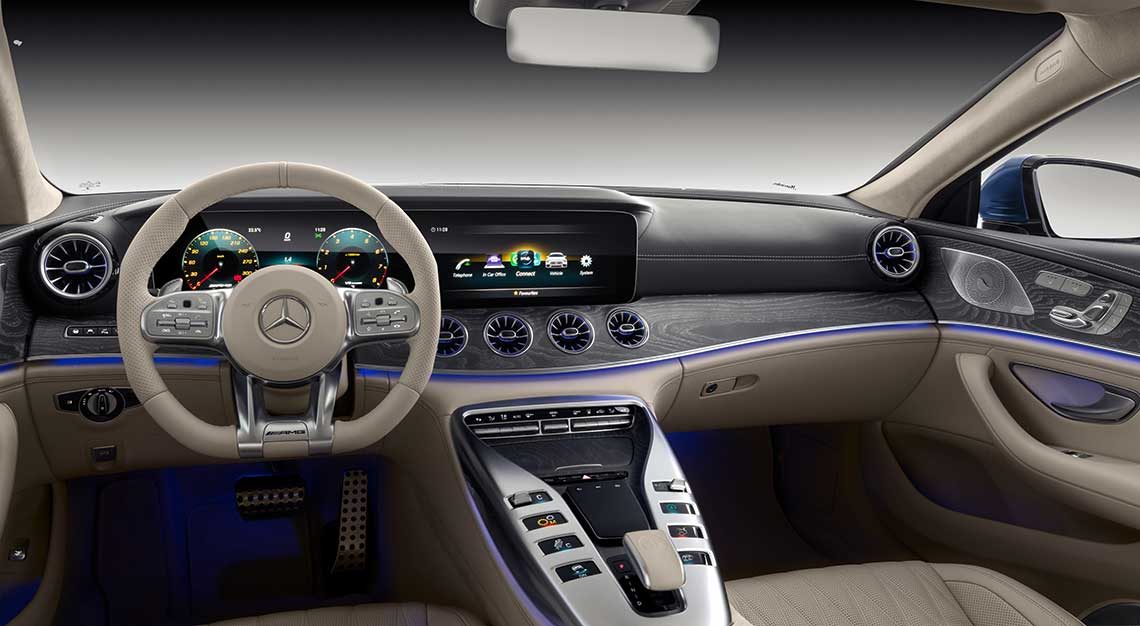
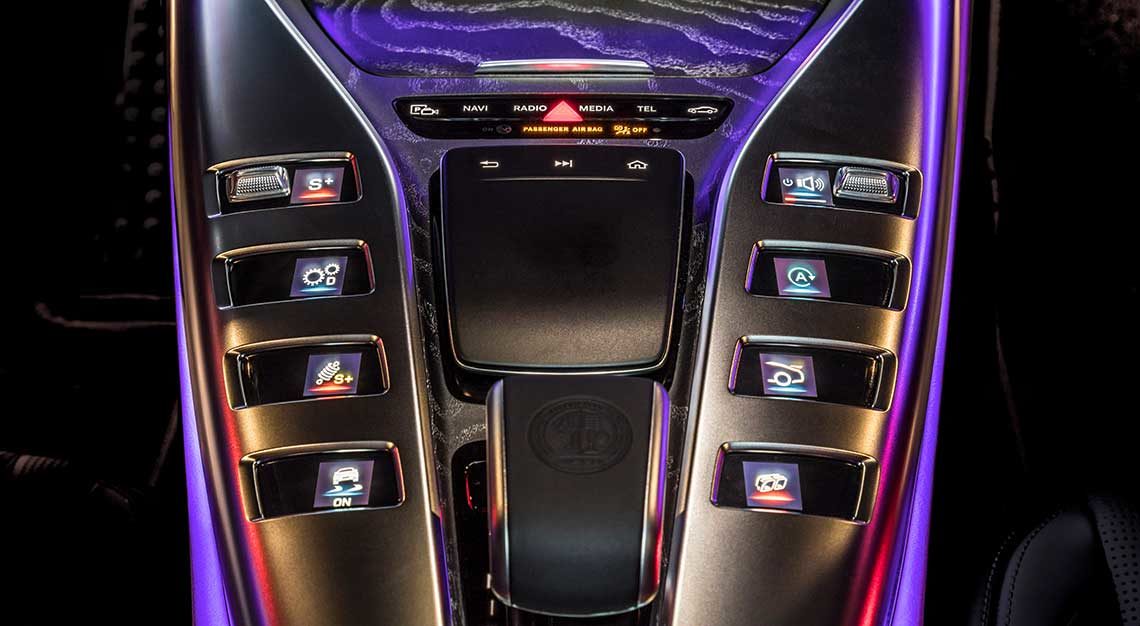
Mercedes-AMG GT 4-Door Coupe
What is it: The sportiest-looking saloon in the vast Mercedes-AMG lineup
Available: Now
Price: From $556,888 (with COE, without options)
The new Mercedes-AMG GT 4-Door Coupe, launched in Singapore last week takes a bit of explaining, though its purpose is clear enough. It’s the saloon counterpart to the carmaker’s flagship sports car, the GT, and the car to get if you want a sleeker alternative to an AMG-fettled E-Class.
But the confusion begins when you realise that, aside from sharing (part of) its badge and the centre console that’s supposed to recall the twin banks of the carmaker’s signature V8 motors, the GT 4-Door Coupe has more in common with the CLS-Class than anything else, given how both cars share the same mechanical underpinnings.
Which also explains why there’s no fire-breathing CLS 63 variant this generation, though there is a CLS 53, which is being sold alongside the GT 4-Door Coupe 53, though the latter commands a $100,000 premium at $556,888.
Even further up from that is the range-topping ‘63 S’ variant, with its $751,888 price tag, though you really do get what you pay for. Its four-litre V8 with twin-turbocharging produces a thumping 639hp and will get the car from a standstill to 100km/hr in a hair over three seconds. As with the latest BMW M5, it primarily sends power to all four wheels, but drive to the front axle can be decoupled, something Mercedes-AMG calls “Drift Mode”.
While the 63 S is clearly the quicker variant, the 53 (it has a three-litre inline-six motor with 435hp) is the more “techy” of the two. It has a 48-volt electric architecture that bolsters the combustion engine’s output to the tune of 22hp/250Nm for greater power or fuel economy. That high-voltage architecture also allows for an electrically-driven supercharger to increase engine response.
At any rate, the GT 4-Door Coupe couldn’t have come at a more opportune time. BMW has just announced its 8 Series Gran Coupe, and it’s likely the car will only arrive here toward the end of this year.
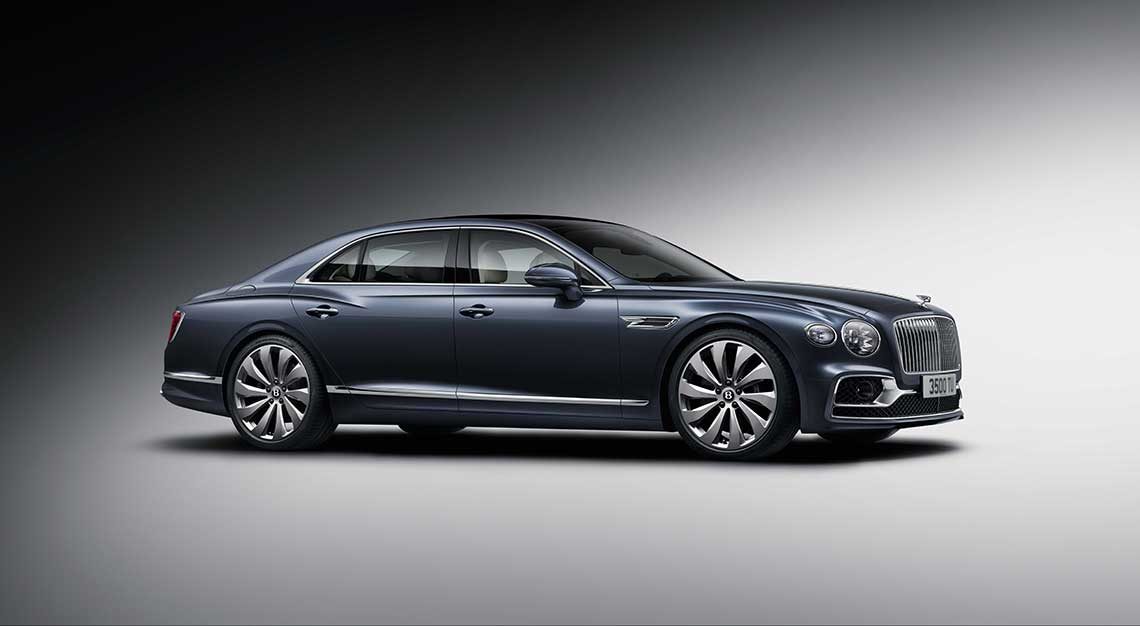
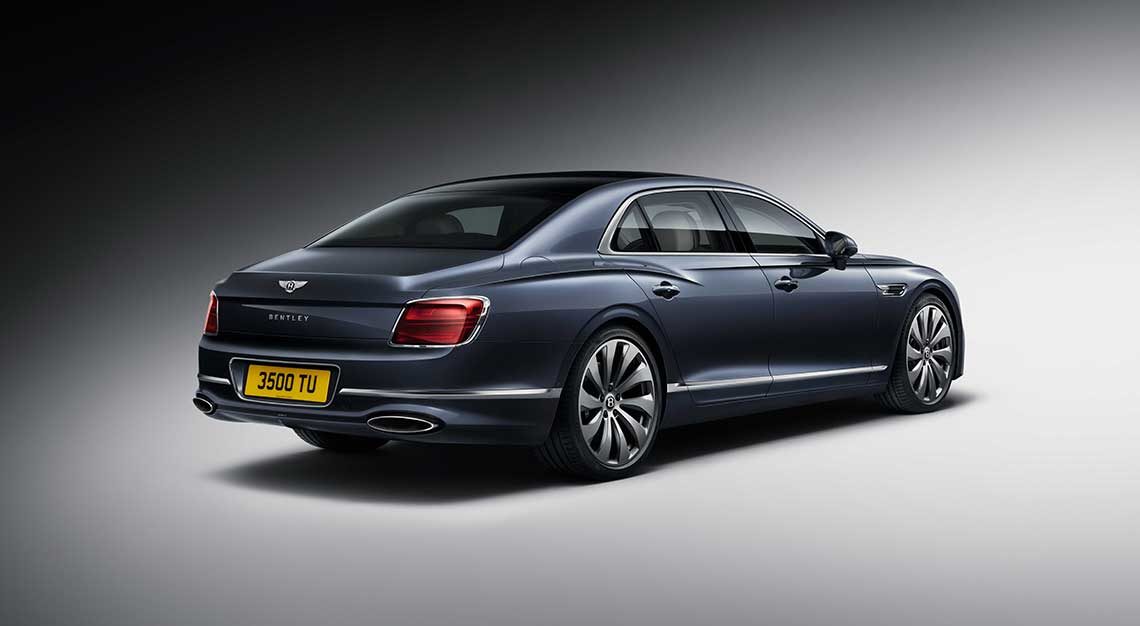
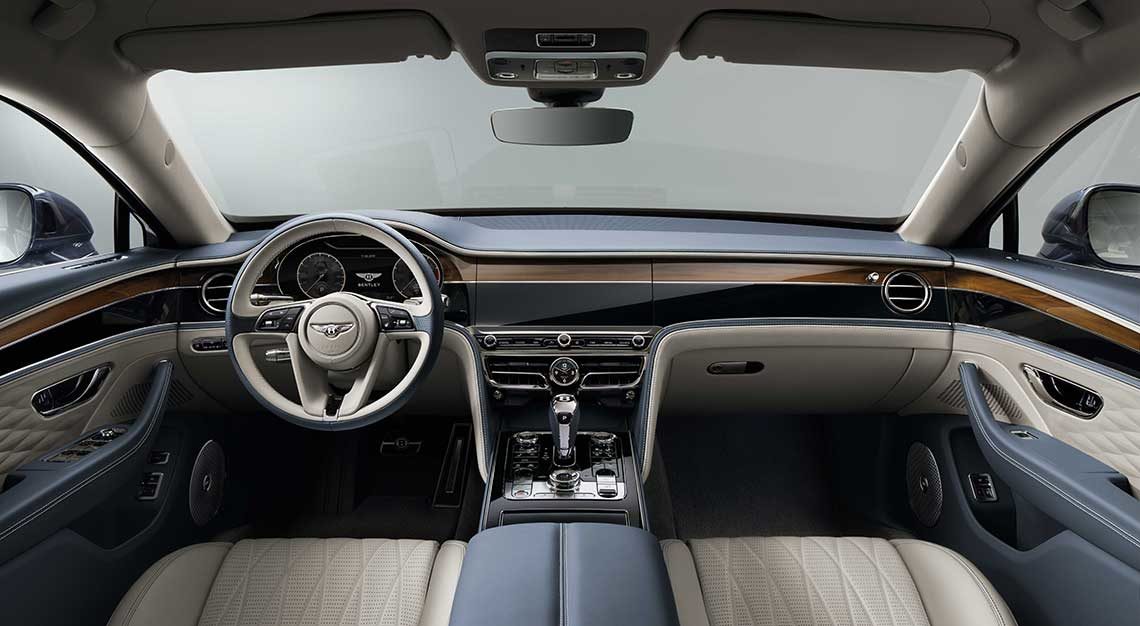
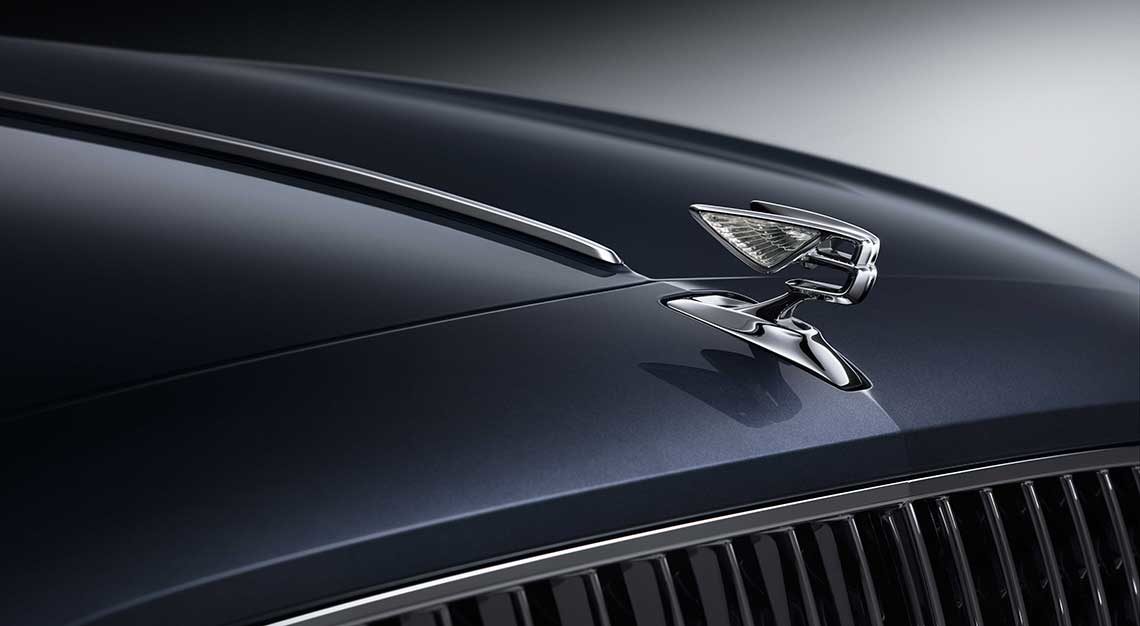
Bentley Flying Spur
What is it: If you need more practicality in your Continental GT, step this way for the Flying Spur
Available: Q2 2020
Price: As yet unannounced
Will the real Bentley Flying Spur please stand up? The Bentley Flying Spur’s remit has changed three times in as many model generations, which, to say the least, is confusing for casual observers.
The first-generation car looked like a four-door Continental GT, and like its coupe counterpart, had a sporting brief. On its launch in 2005, it was known as the Continental Flying Spur, though the ‘Continental’ moniker was dropped when the second-generation car made its debut in 2013.
The second outing of the modern Flying Spur (the nameplate was first seen on a Bentley in the late 1950s) also saw the car change tack, becoming a sort of junior version of its Mulsanne flagship. And now, in its third iteration, it seems to have gone back to its sporting roots, or in Bentley’s words, it has “the duality of sports sedan agility and modern limousine refinement”.
Also new to the car is how Bentley is bringing back its winged ‘B’ bonnet ornament and vertically-oriented grille (a departure from the ‘chicken wire’ mesh on the Continental GT), design elements that harken back to the model that first bore the Flying Spur Moniker.
The only drivetrain on offer at the car’s launch will be Bentley’s familiar six-litre, twin-turbo W12 engine with 635hp/900Nm mated to an eight-speed automatic gearbox. This is enough to get the car from a standstill to 100km/hr in 3.8 seconds, and on to a top speed of 333km/hr, which is certainly impressive, but not particularly noteworthy.
What is more of note is the improvements to the Flying Spur’s all-wheel-drive system. All-wheel steering functionality is now included, as is the ability to send drive to the front wheels when needed. In most other situations the Flying Spur is a rear-wheel-drive saloon, something that Bentley says improves agility while still retaining the security of two driven axles.
Expect a Singapore launch within the first half of next year. No prices have yet been disclosed.
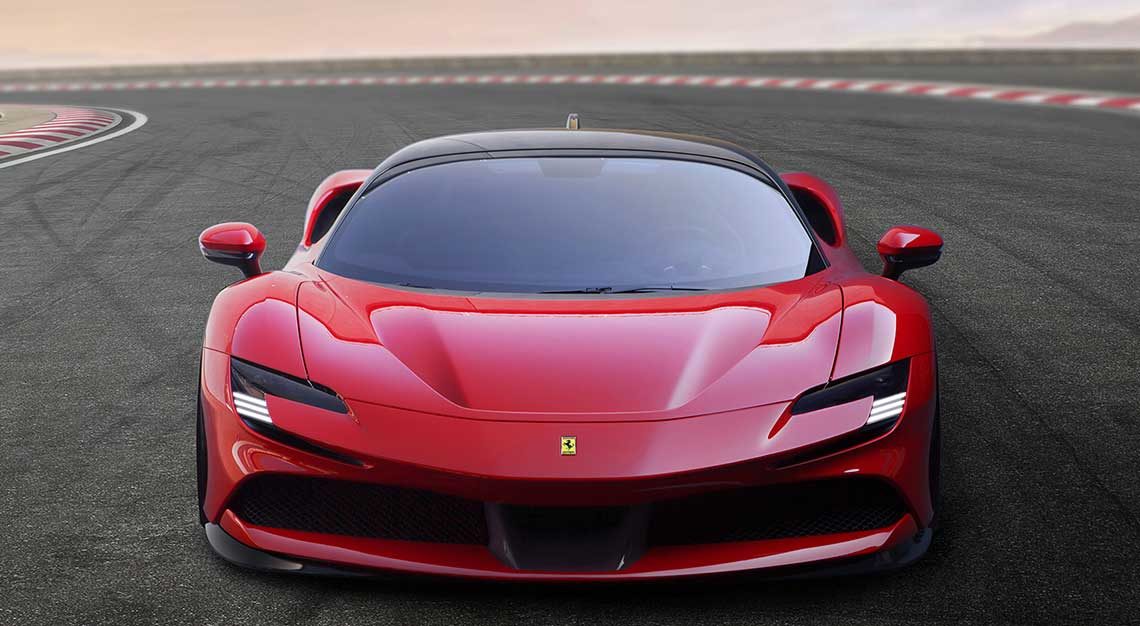

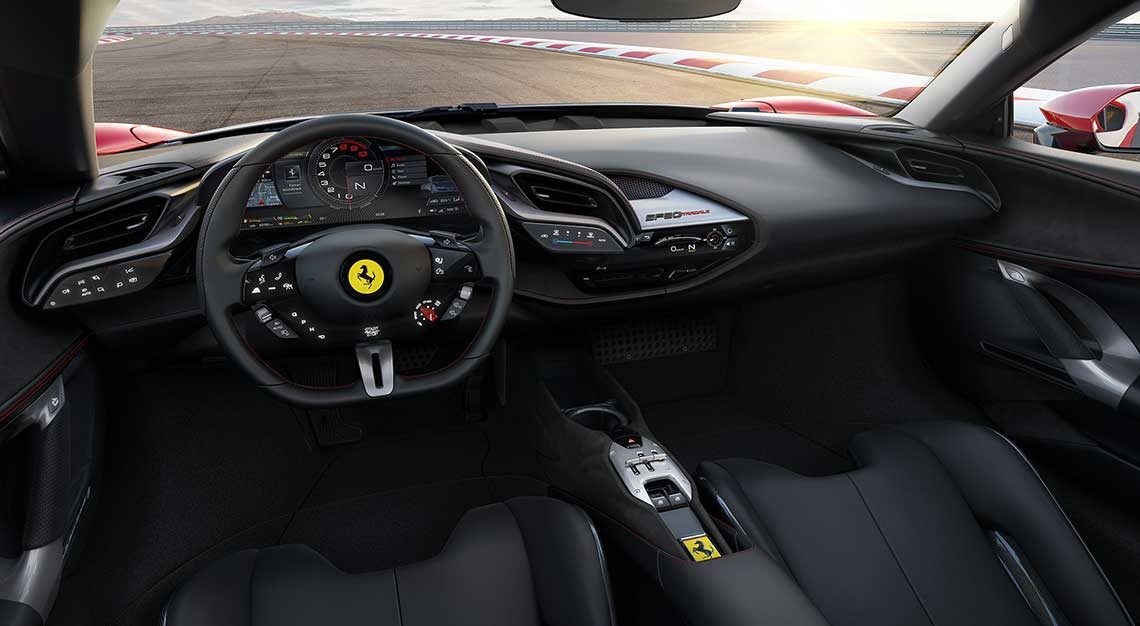
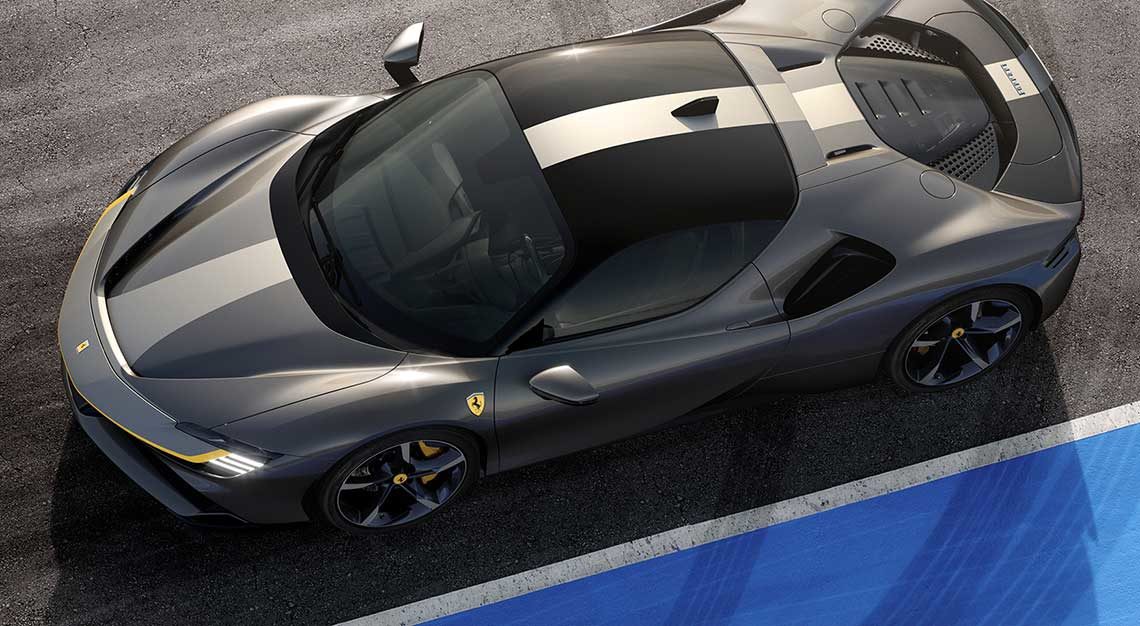
Ferrari SF90 Stradale
What is it: The first true, standalone grand tourer in the McLaren model range.
Available: 2020
Price: To be announced
What have we done right to receive not one, but two new Ferraris in less than six months? Whatever it is, we’re not complaining. Not when said Ferraris are the F8 Tributo and this, the SF90 Stradale, the Italian supercar manufacturer’s first series-production hybrid supercar.
Sure, there was the LaFerrari several years back, but that was produced in limited numbers, so that doesn’t really count. Still, the SF90 Stradale manages to be even more powerful than the LaFerrari, with its three electric motors and four-litre V8 producing a grand total of 1,000hp, representing a 50hp increase.
The drivetrain in the SF90 Stradale is also more complex than the one used in the LaFerrari. While the latter could only use its electric motor in brief spurts, the SF90 Stradale is a plug-in hybrid – a first for Ferrari – which means it can deploy its electric motors for longer… or run on electric power alone for up to 25km.
In another first for Ferrari, the SF90 Stradale is its first car with permanent all-wheel-drive. The FF also had four driven wheels, but in that car, power was only sent to the front wheels when needed.
An Assetto Fiorano pack is available, which drops the car’s weight by 30kg, thanks to an increased use of carbon fibre and a full titanium exhaust system. The pack also adds improved aerodynamics, semi-slick tyres and an uprated suspension system.
But we think that’s just a halfway house to something even more hardcore, and the clue is in the SF90 Stradale’s name. The second half of its name means “street”, which leaves the door a little open to something like, say, the SF90 Corsa, or “race”. Now, we think that’s got a pretty nice ring to it, wouldn’t you agree?
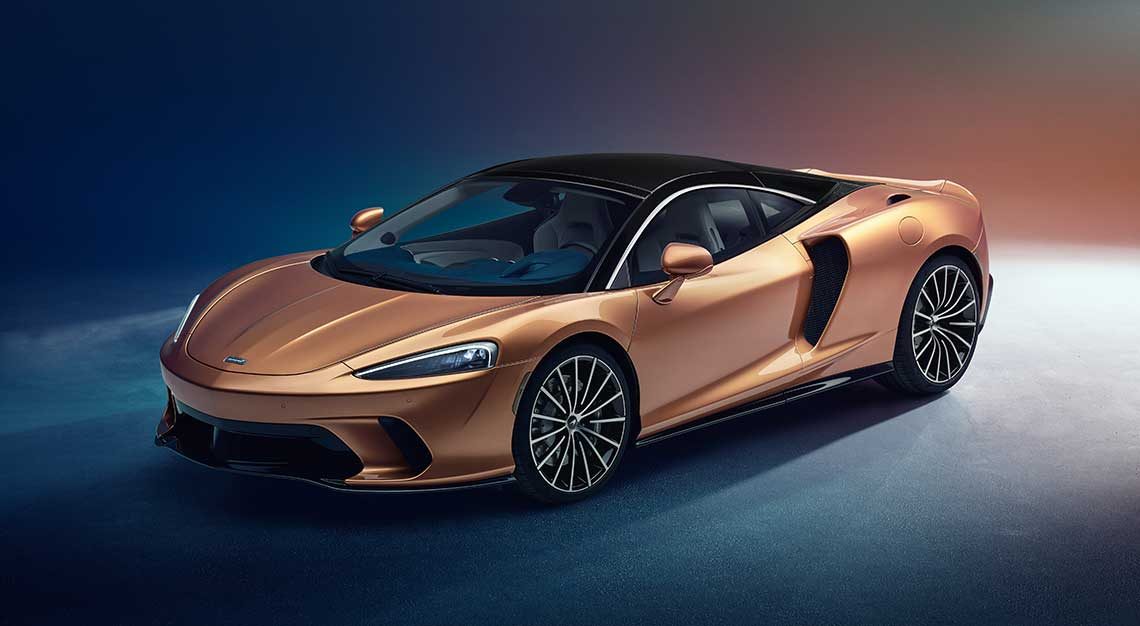
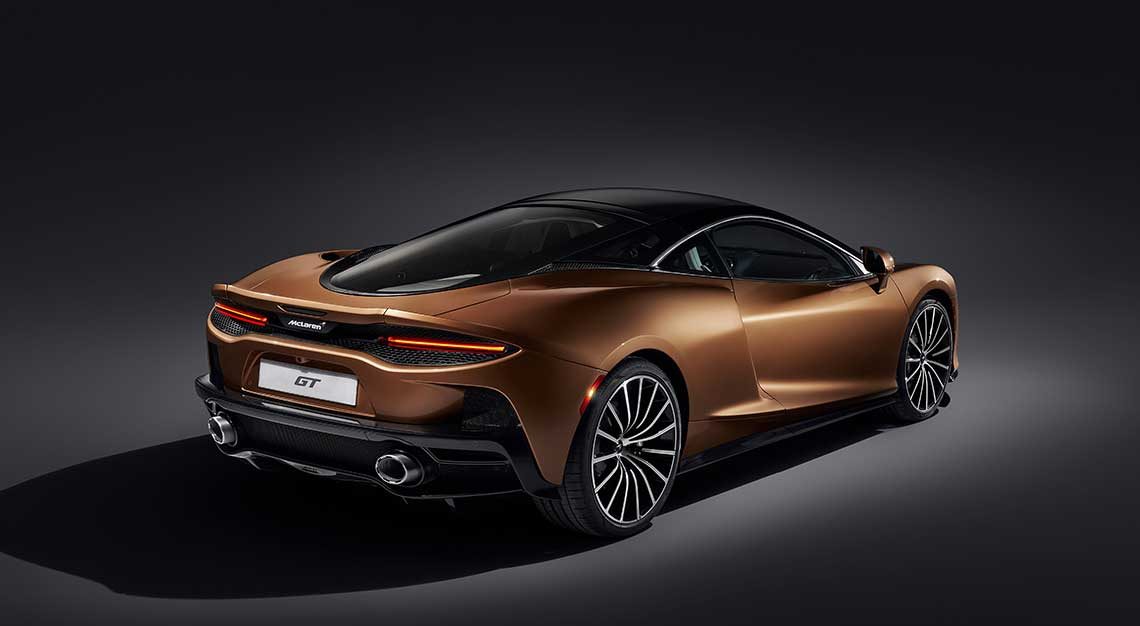
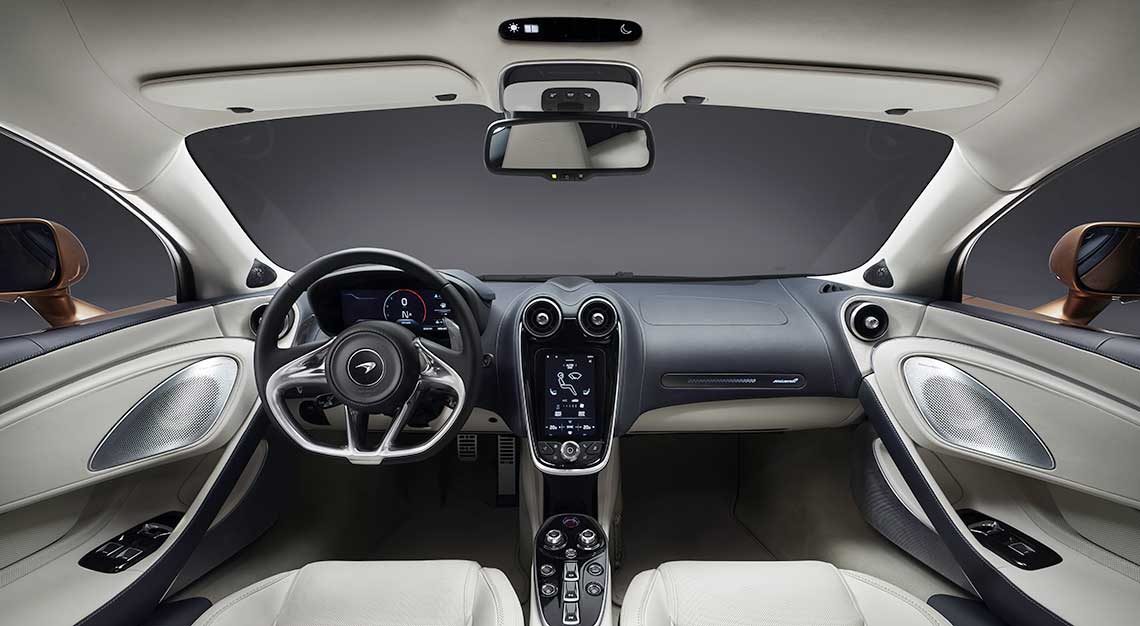
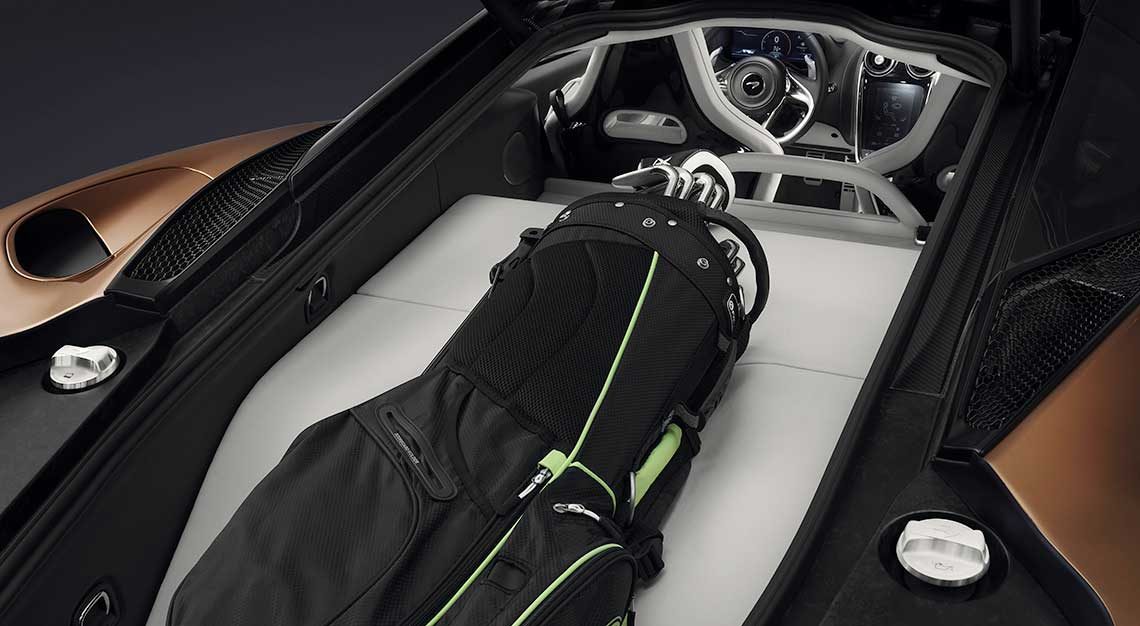
McLaren GT
What is it: The first true, standalone grand tourer in the McLaren model range.
Available: Q4 2019
Price: From $776,000 (without COE and options, estimated)
Hot on the heels of the hyper-GT that is the Speedtail comes the McLaren GT, the first ‘soft’ model in the lineup that’s not a derivative variant of an existing one. The other GT-badged model in the McLaren range at the moment is the 570GT, which as its name implies, is a softer more comfort-oriented take on the 570S.
While its badge might suggest the GT is a standalone model, it’s technically, sort of a development of the 720S. The GT uses the same four-litre, twin-turbo V8 as the 720S, but in this application, it produces 620hp instead of 720hp. With a wheelbase of 2,675mm, it’s five mm longer than the 720S.
But when it comes to driving dynamics, the GT couldn’t be further removed from the 720S. While it will scream from zero to 200km/hr in just nine seconds and will hit a top speed of 326km/hr, the GT is “optimised for everyday ease of use”. Its brakes, suspension and steering are easier to modulate and with greater ground clearance over the 720S. It is thus pitched as your everyday supercar.
That subtlety also extends to the GT’s design, with the empty eye socket light clusters and deeply scalloped flanks of the 720S replaced with a more conventional face and more restrained air intakes.
It’s also moving fast on the launch front. A preview of the car is slated for late May (with the car having been launched yesterday in Bahrain), and the GT is expected to land in Singapore in the fourth quarter of 2019.
No price as yet, but if we extrapolate from the GT’s price in pounds sterling, it’s expected to cost six per cent more than the 570GT, which translates to roughly $776,000.
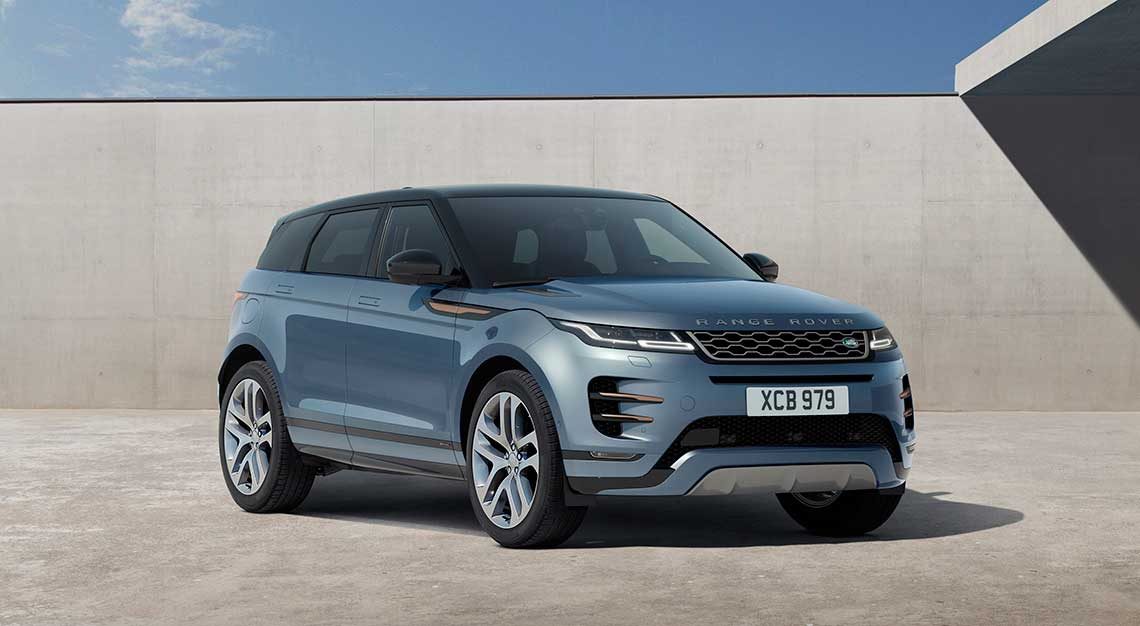
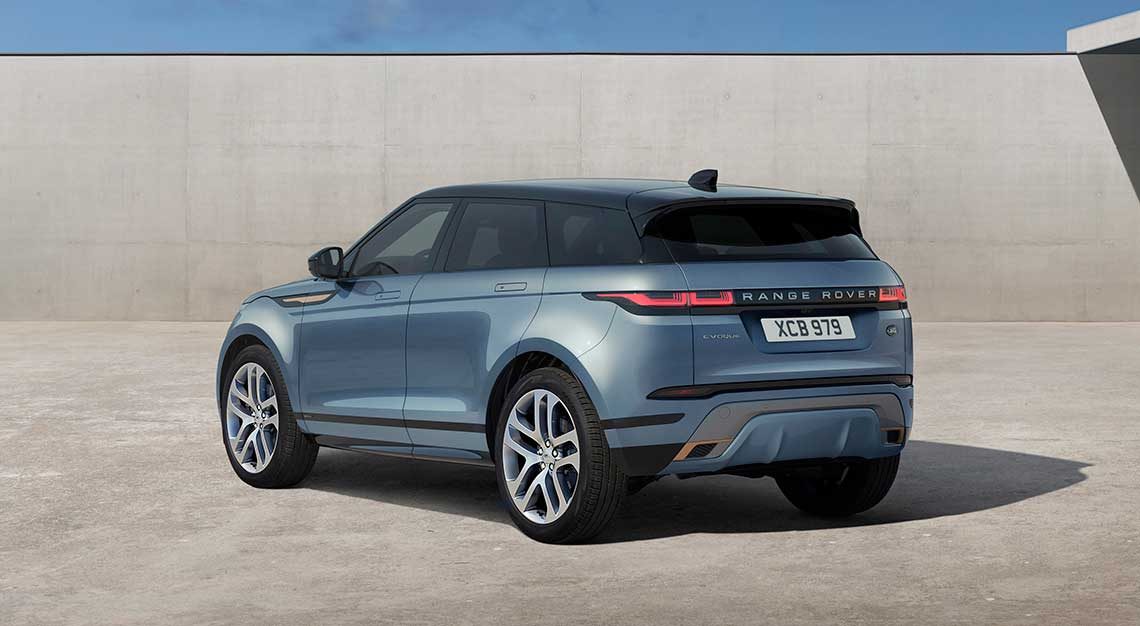
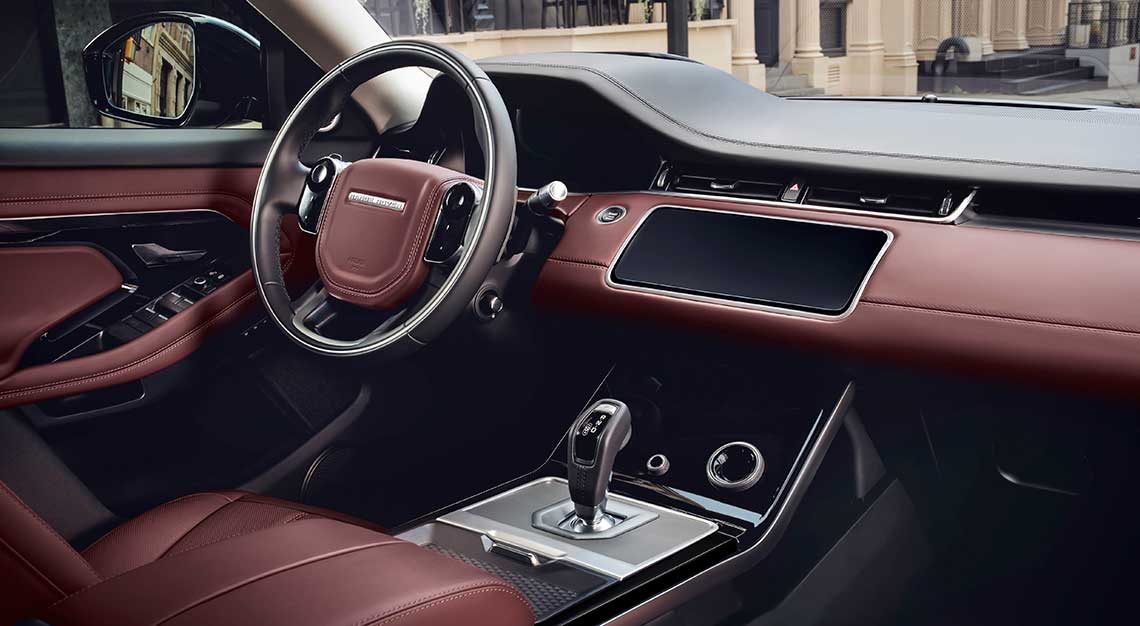
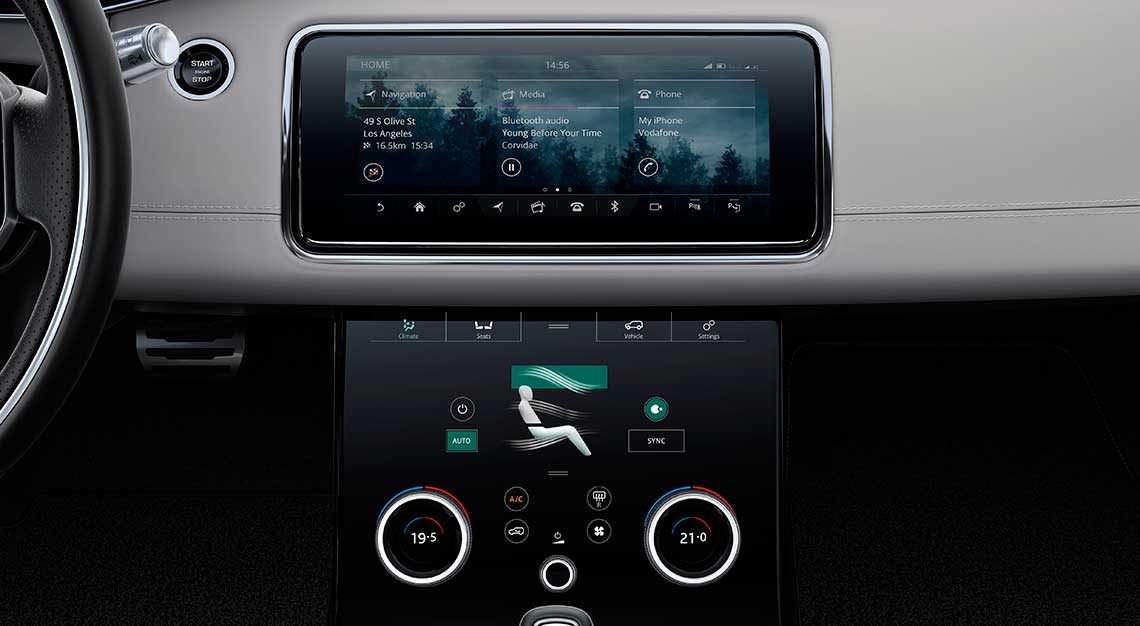
Range Rover Evoque
What is it: The car that started a youthful revolution at Land Rover finally gets a second-generation model
Available: Now
Price: From $233,999 (with COE, without options)
It is perhaps a testament to the original Range Rover Evoque’s forward-thinking design, a car that made its debut in 2011, that the second-generation car looks broadly similar to its predecessor, save for the new (and optional) copper-coloured exterior accents aping the Range Rover Velar.
Sure, the sheet metal looks cleaner, its nose more blocky and the wedge shape even more exaggerated (thanks to a more prominent, more angled shoulder-line crease). But to call it a heavy facelift would be missing the mark entirely.
The new Evoque has, among other things a completely new mechanical architecture that allows for 20mm more legroom in the back and a 48V electrical system. The latter allows for mild hybridisation across the new Evoque range, allowing the engine to be shut off under braking at speeds below 17km/hr, with the brake energy scavenged and redeployed to assist acceleration while setting off.
While a plug-in hybrid Evoque available elsewhere, Singapore only gets the ones equipped with a two-litre petrol engine in two flavours – R Dynamic models have 200hp, First Edition models get 249hp. Equipment highlights across the board include a digital instrument cluster, split-screen infotainment system, panoramic glass roof and 20-inch wheels.
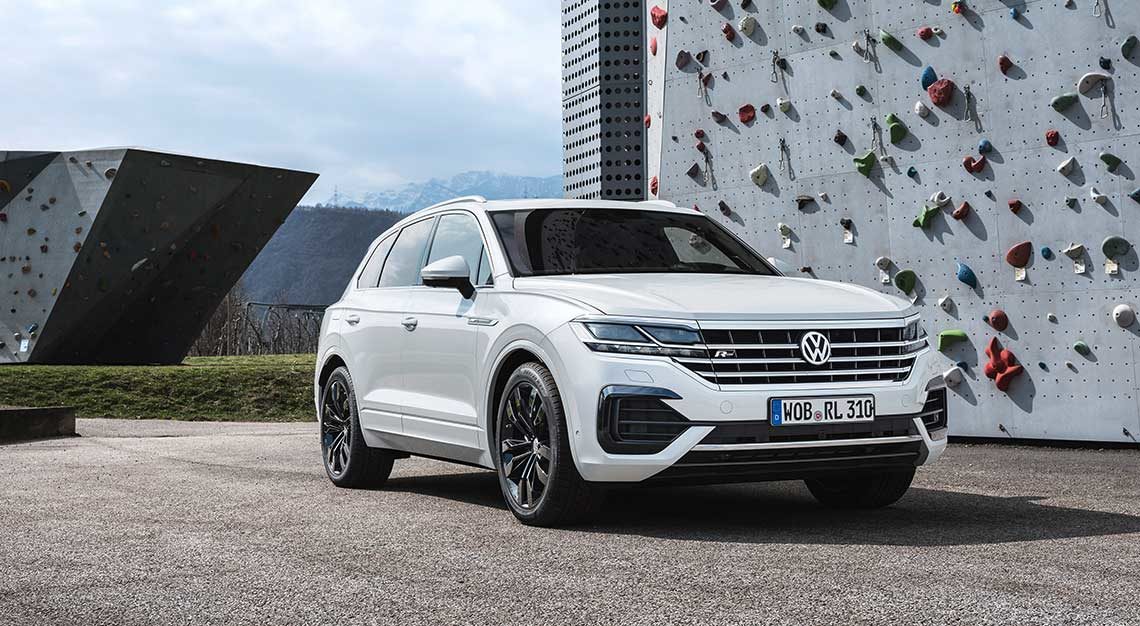
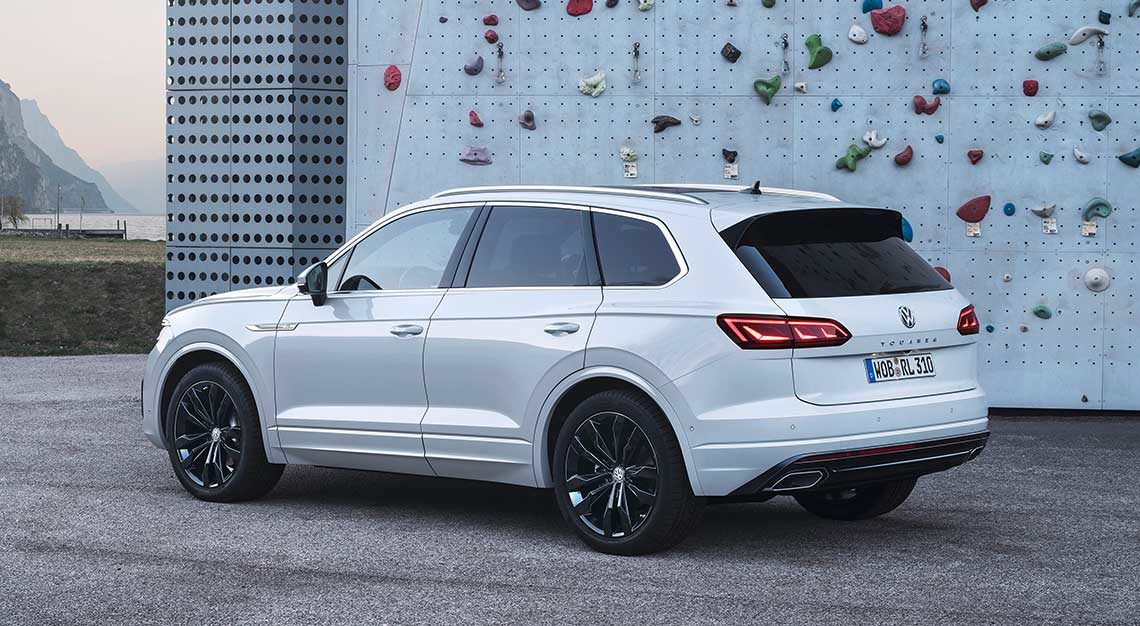
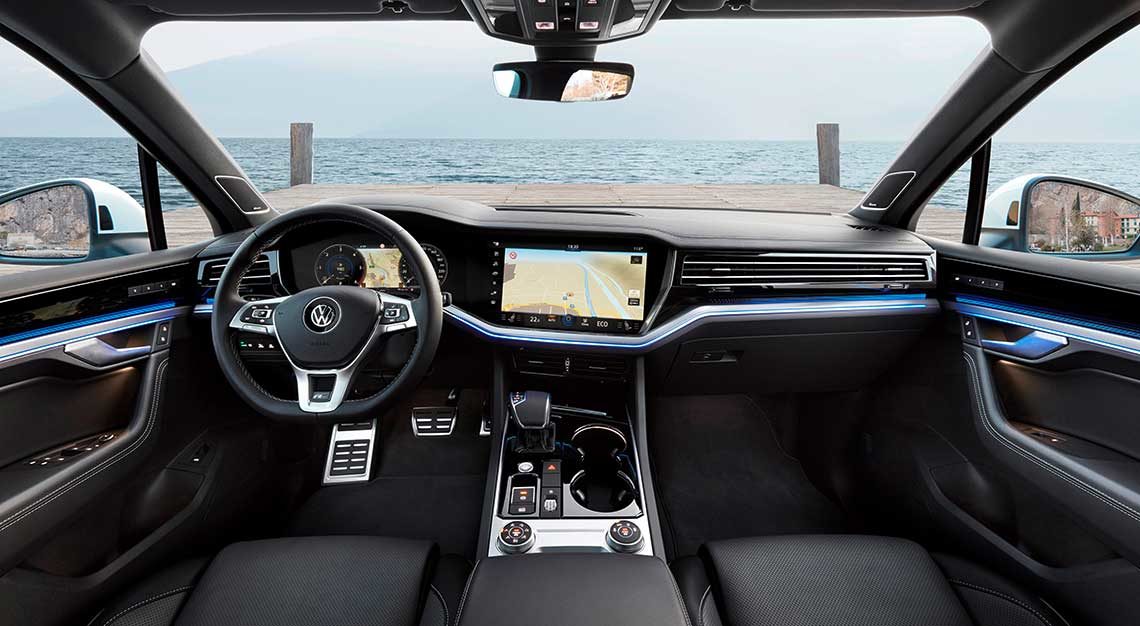
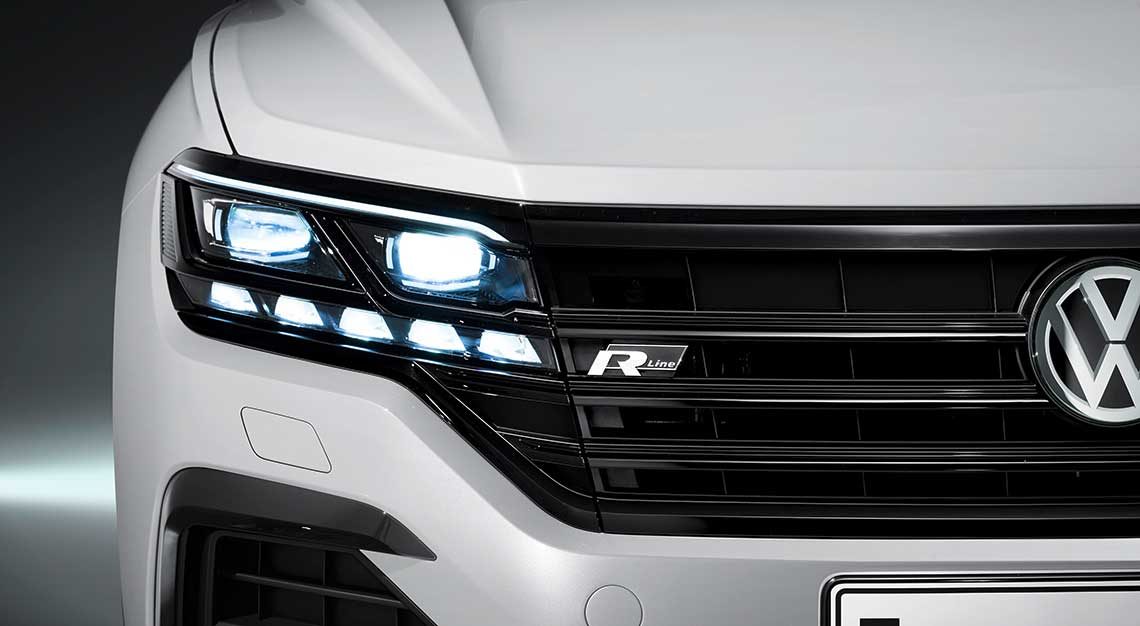
Volkswagen Touareg
What is it: The third outing for Volkswagen’s flagship SUV packs luxury and technology far beyond its price point.
Available: Now
Price: From $294,900 (with COE, without options)
If you discount the Dieselgate scandal, Volkswagen is going through something of a golden age right now. Everything the brand touches, and indeed, the wider VW Group as well, seems to turn to gold. So, it should stand to reason that the Touareg, its largest and most luxurious SUV seems similarly impressive.
Even from the outside, it’s clear that the Touareg is positioning itself as a value-oriented luxury car. Against its predecessor, there’s far more finesse to its sheetmetal – the razor-sharp creases on its flanks and the chiselled bonnet will have most people wondering if this really is a Volkswagen product. It’ll have to, since it’s the most expensive VW on sale here today, outstripping the Arteon by a good long way.
There’s even more luxury features in its interior: soft leather, smart-looking trim, a 15-inch touchscreen infotainment system complete with an iPhone-esque Home button, a digital dashboard and head-up display. Plump for the range-topping R-Line variant and you’ll get adaptive cruise control incorporating the Traffic Jam Assist system, allowing for hands- and leg-free driving while creeping along in stop-and-go traffic.
The R-Line variant also brings with it adaptive headlights, all-wheel-steering (for greater dynamism in corners and a smaller turning circle) and an uprated Dynaudio stereo system.
Just one drivetrain variant is on offer for now, with a 340hp three-litre V6 engine driving all four wheels through an eight-speed automatic gearbox. However, the Touareg will be sold here in three trim levels.
The Atmosphere and Elegance variants cost $289,900 and the R-Line $321,900. The first two undercutting the base Audi Q7 (with a two-litre, four-cylinder engine), which costs $307,800. While the R-Line might seem like it’s commanding a hefty premium over the other Touaregs, remember an Audi Q7 fitted with an equivalent V6 engine costs $378,785.
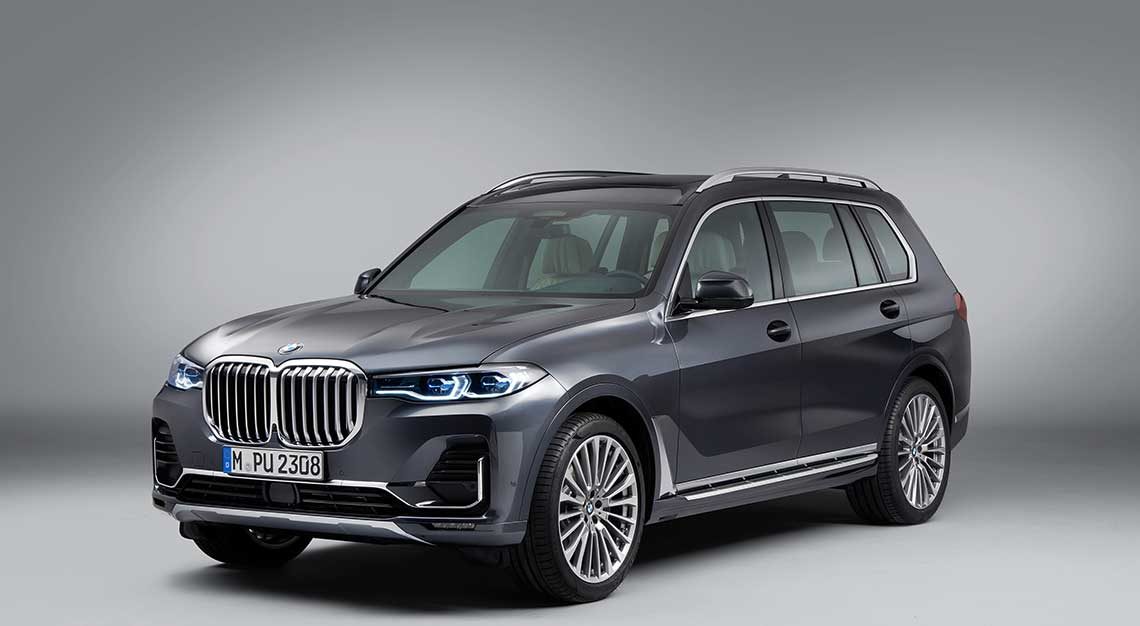
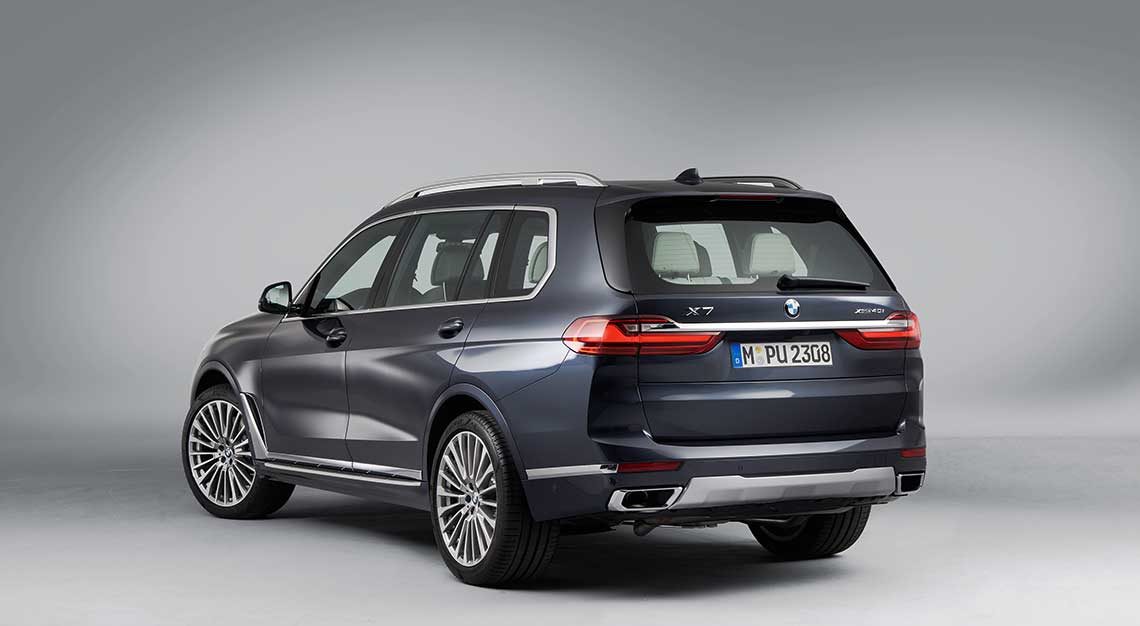
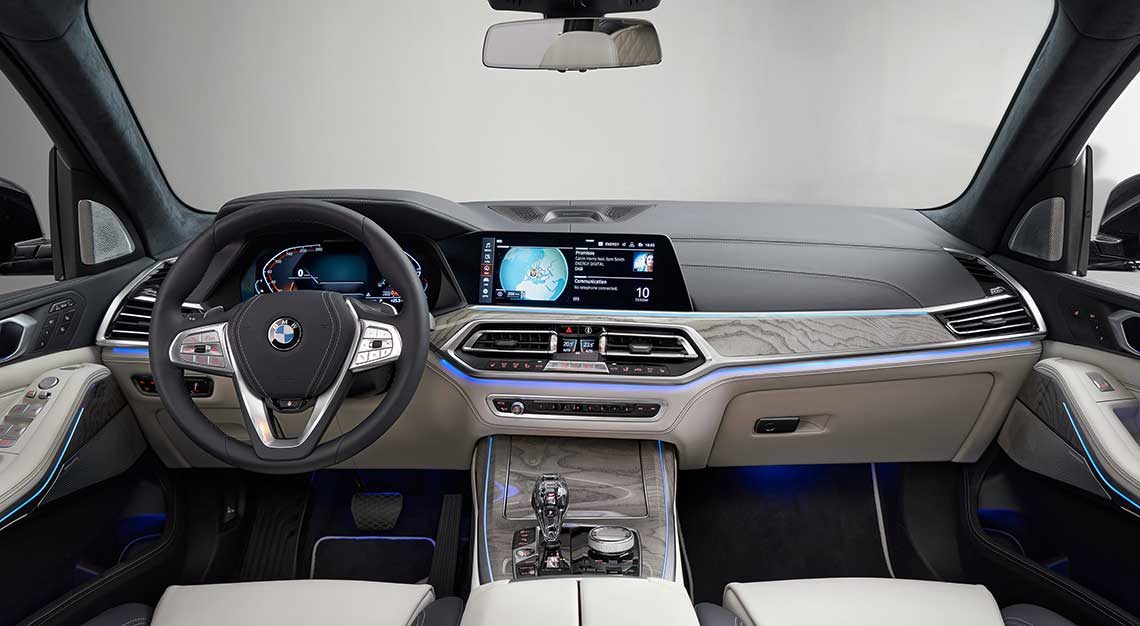
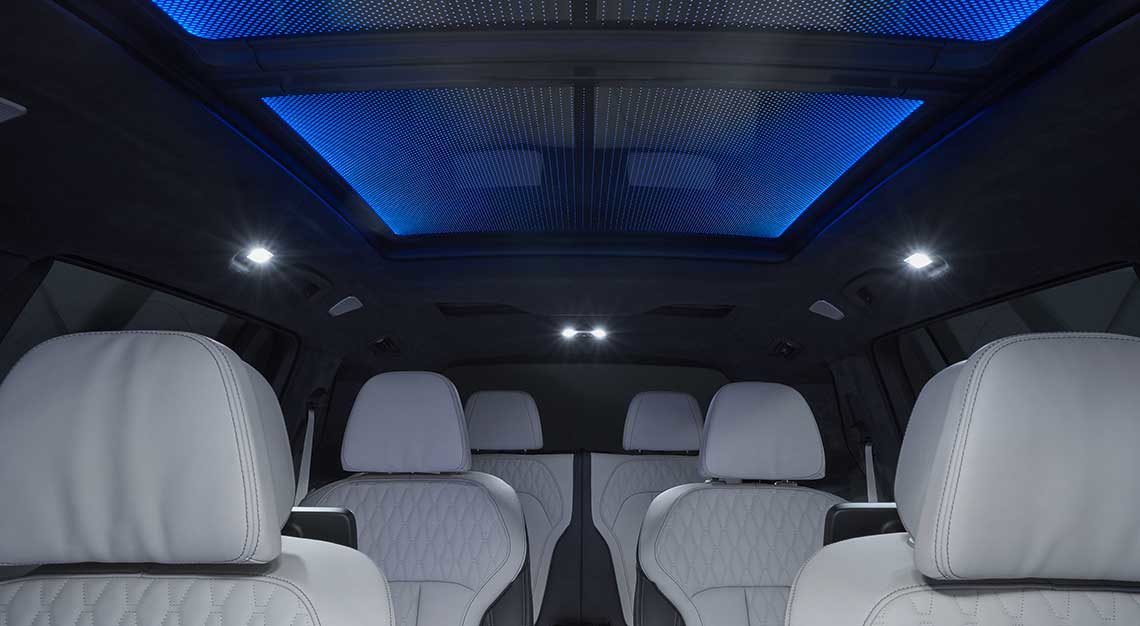
BMW X7
What is it: BMW brings 7 Series levels of luxury (and size) to the SUV segment
Available: Now
Price: From $471,888 (with COE, without options)
The crown jewel in the BMW SUV lineup is here, and it’s large. And we’re not just talking about its grille, the largest one BMW has ever put onto its cars. At 5,151mm long with a 3,105mm wheelbase and the capability to seat six or seven passengers, the X7 is imposing even when standing still.
21-inch wheels are standard on the X7, with M Sport variants getting 22-inch alloys. The fact those wheels look normal-sized on the car should give you some clue as to how big the X7 really is.
Suffice to say, and befitting a top-of-the-line model, the X7 has all the equipment you could possibly want or need. BMW’s phosphorous-based adaptive ‘Laserlight’ headlight cluster is a standard, along with heated/cooled cupholders, a powered split tailgate and a Siri-like Intelligent Personal Assistant.
If your trigger finger (more accurately, chequebook) is quick, you’ll be able to snag one of the limited-run Launch Edition cars, available in Design Pure Excellence or M Sport trim. This grants cut-crystal interior accents and LED lighting accents for the headliner. Bad news is, Launch Edition cars are only available in six-seater guise.
Common to all X7s will be its powertrain. An eight-speed automatic gearbox is mated to a three-litre inline-six engine with 340hp.
